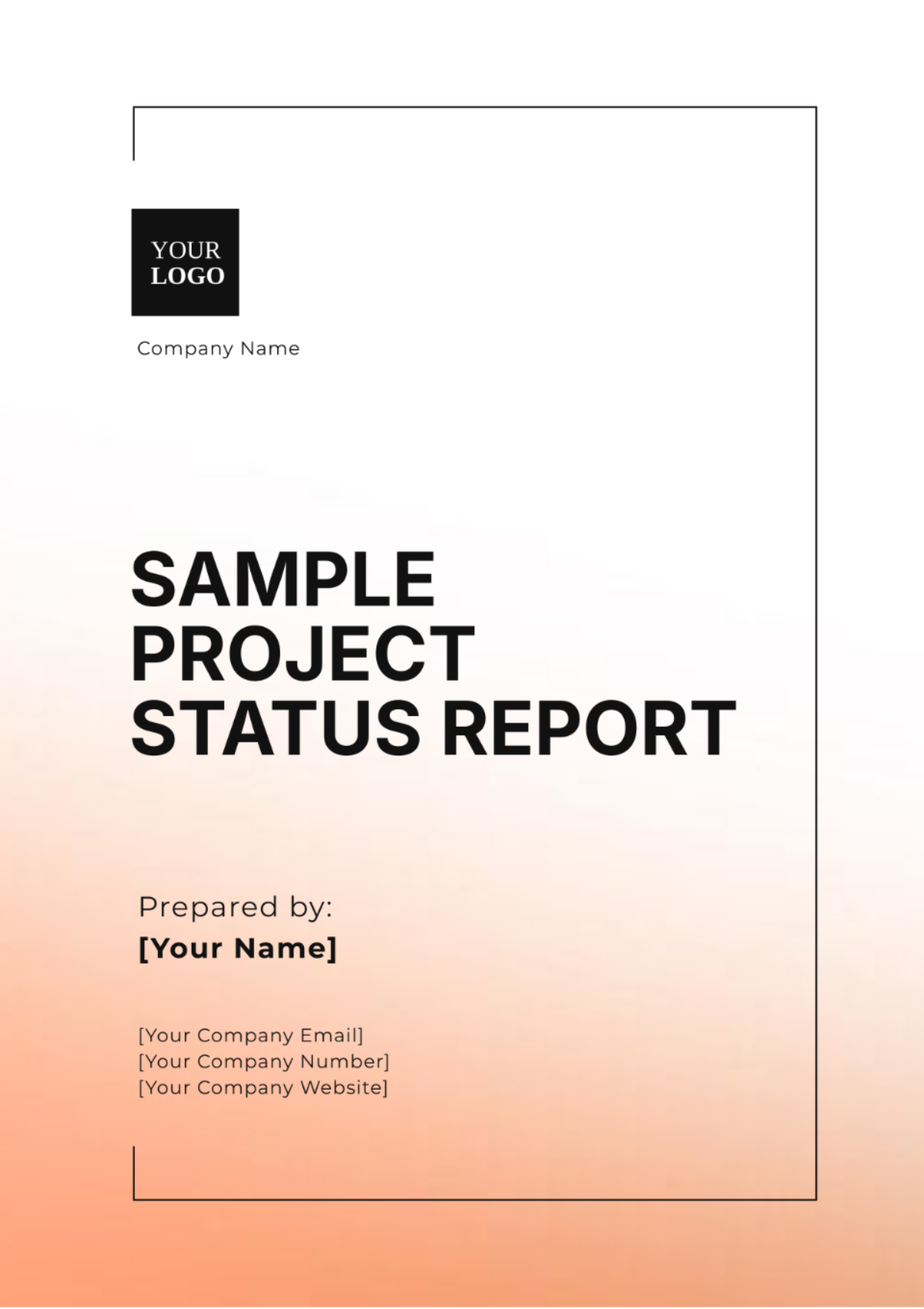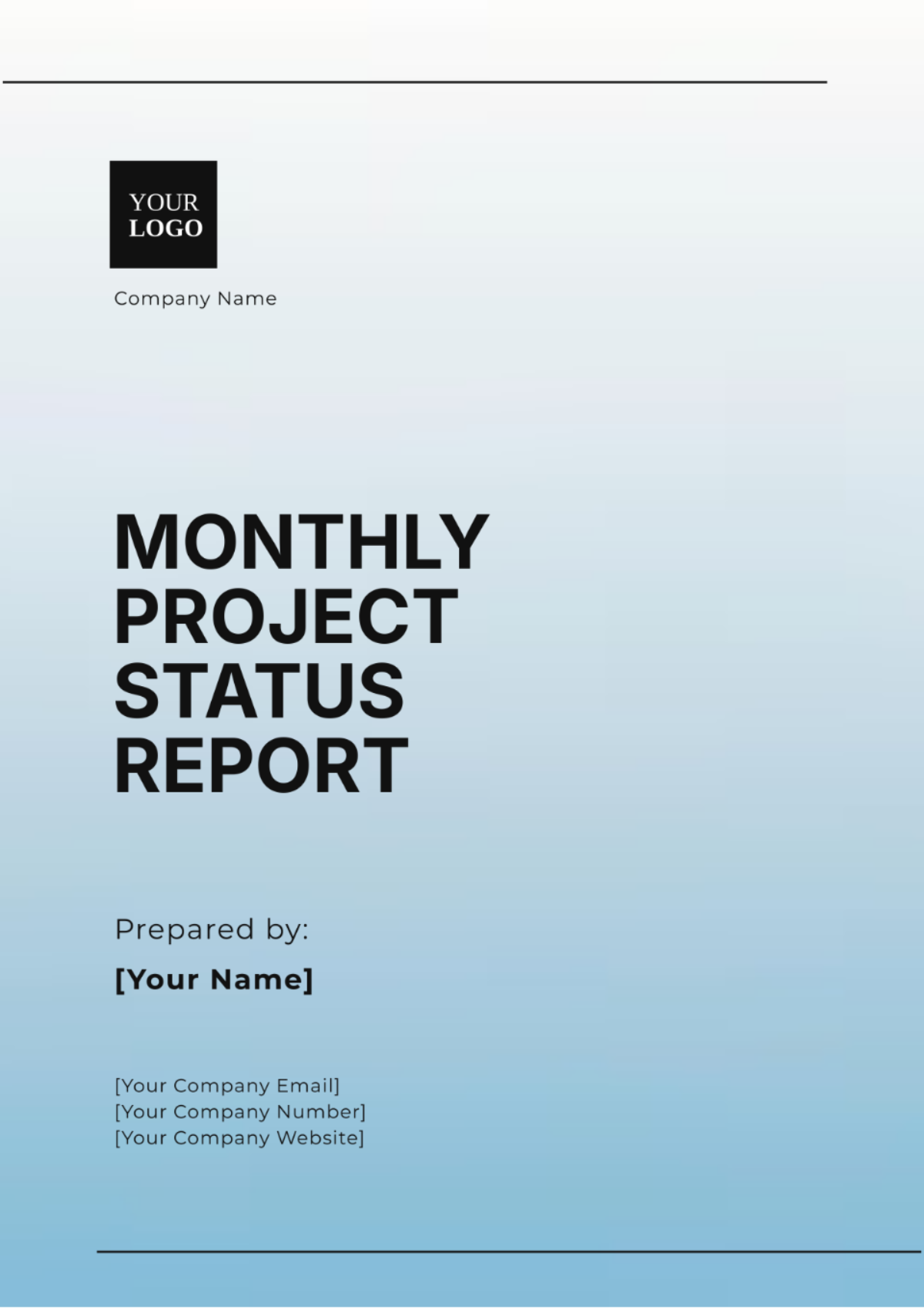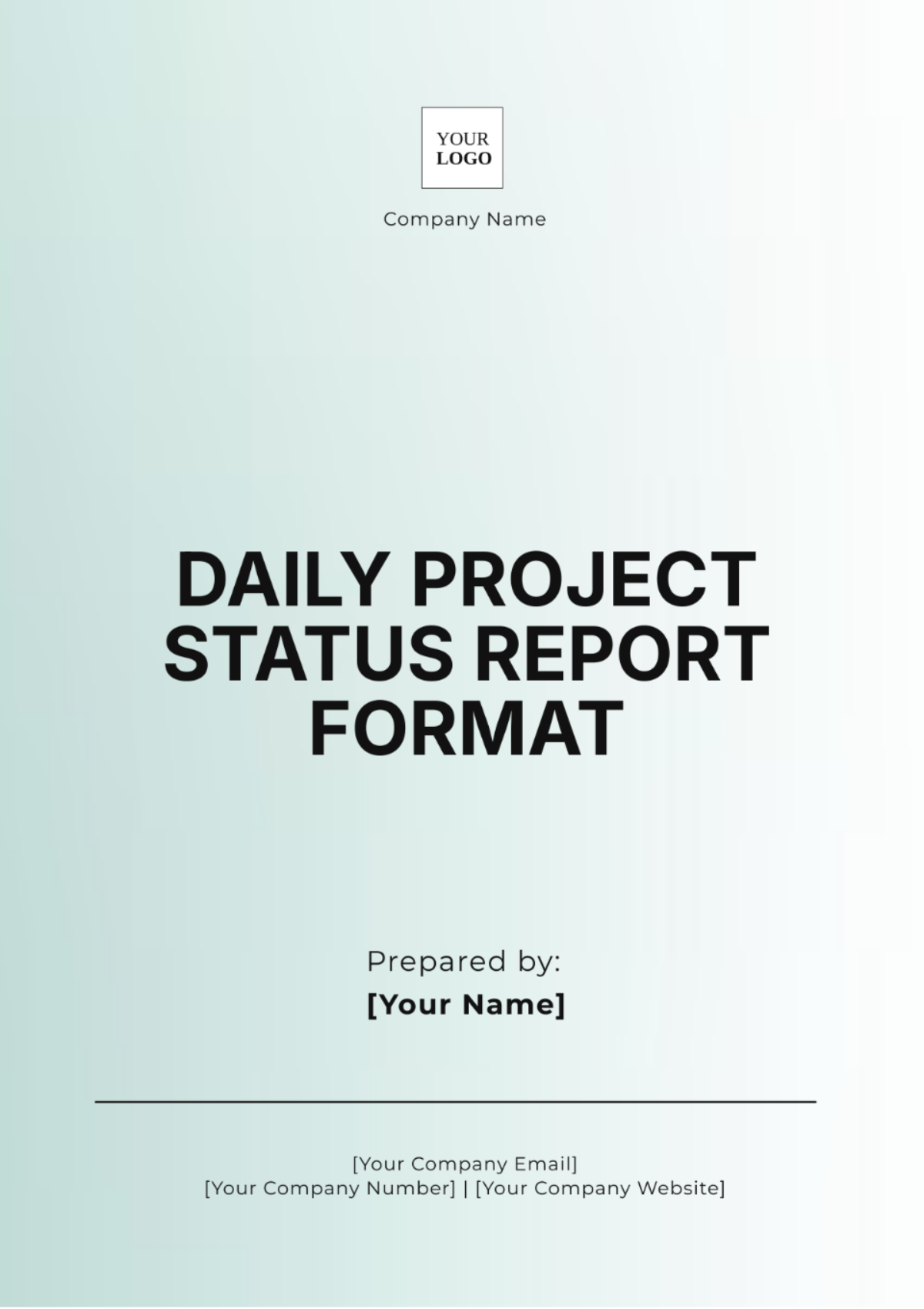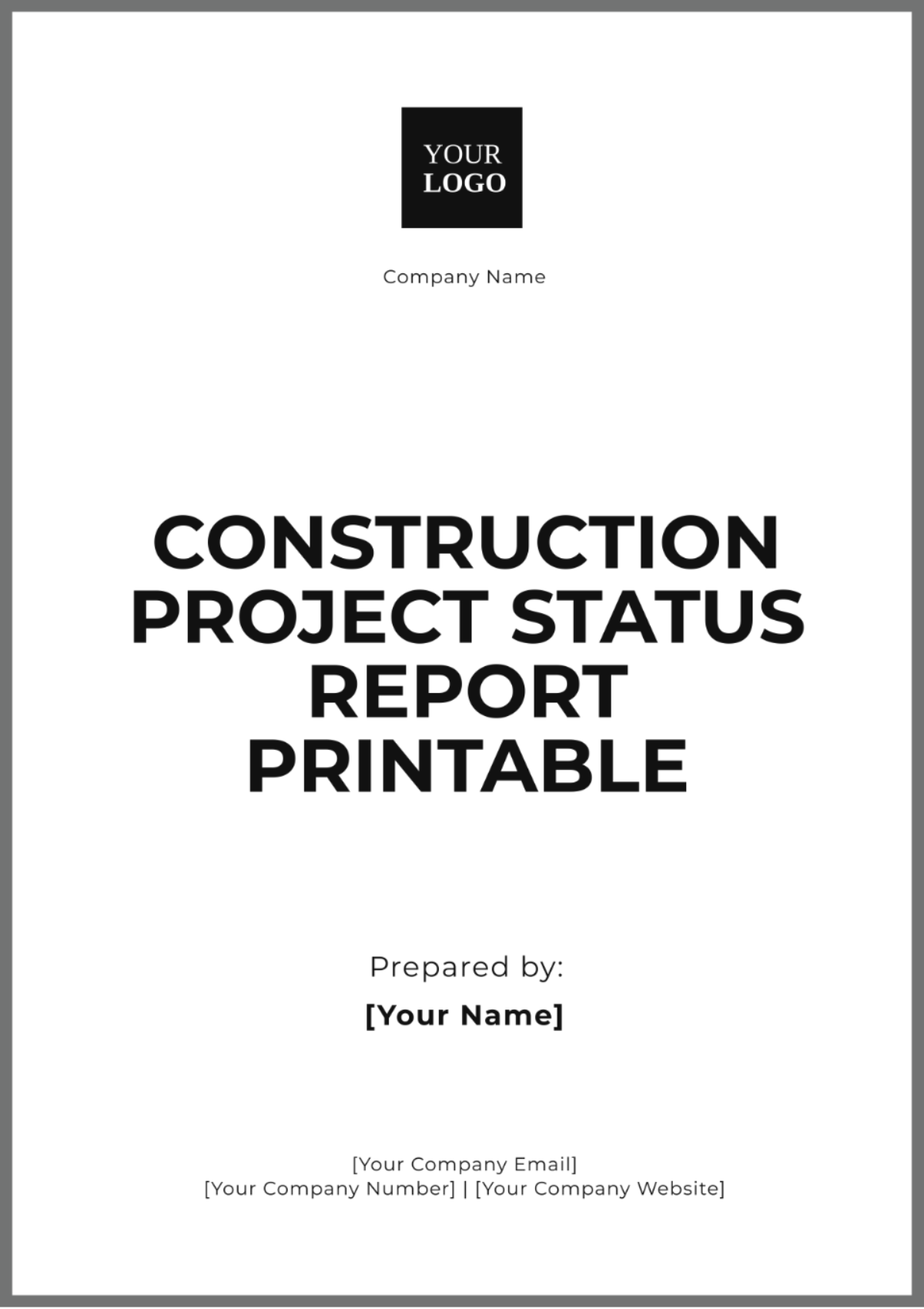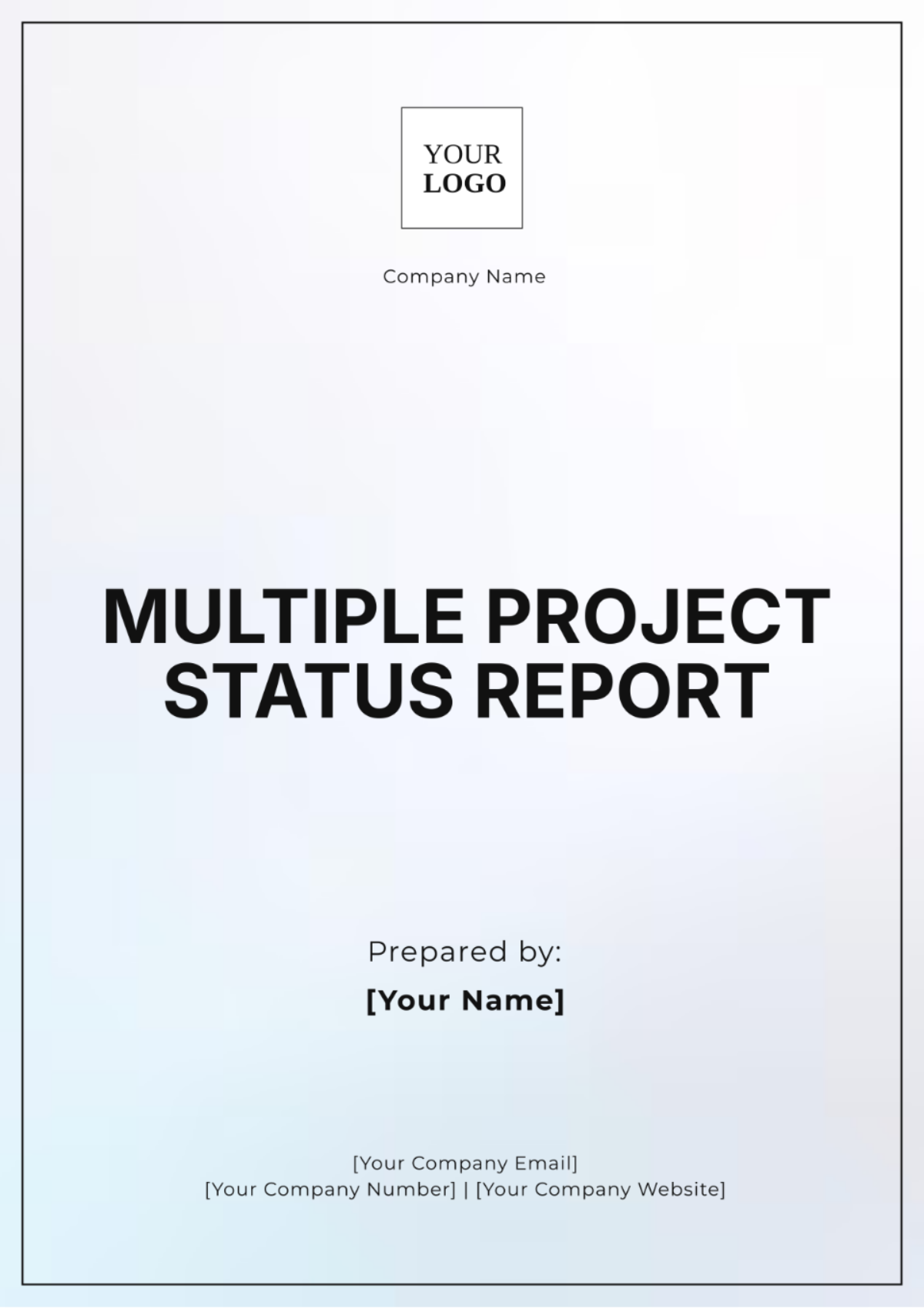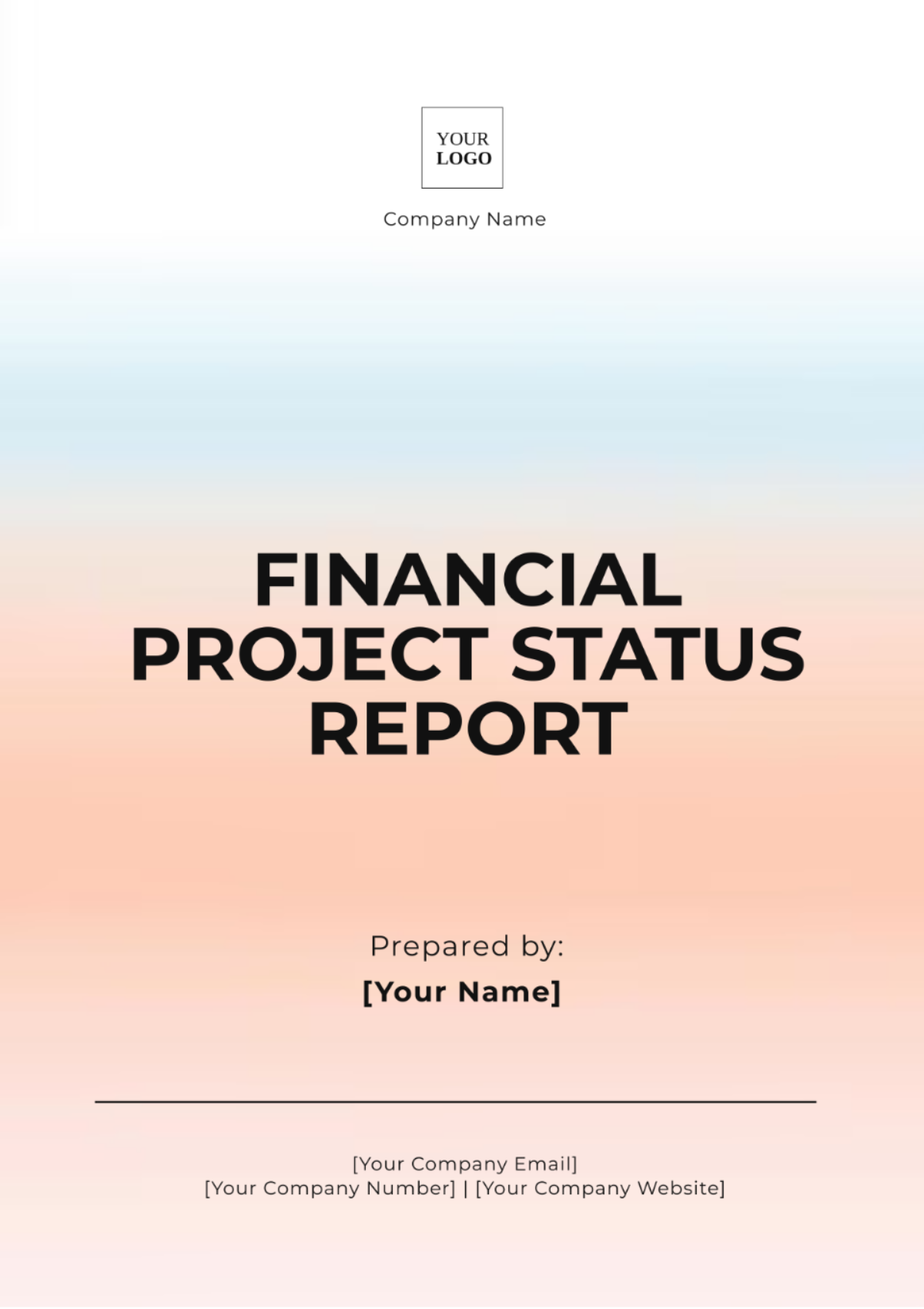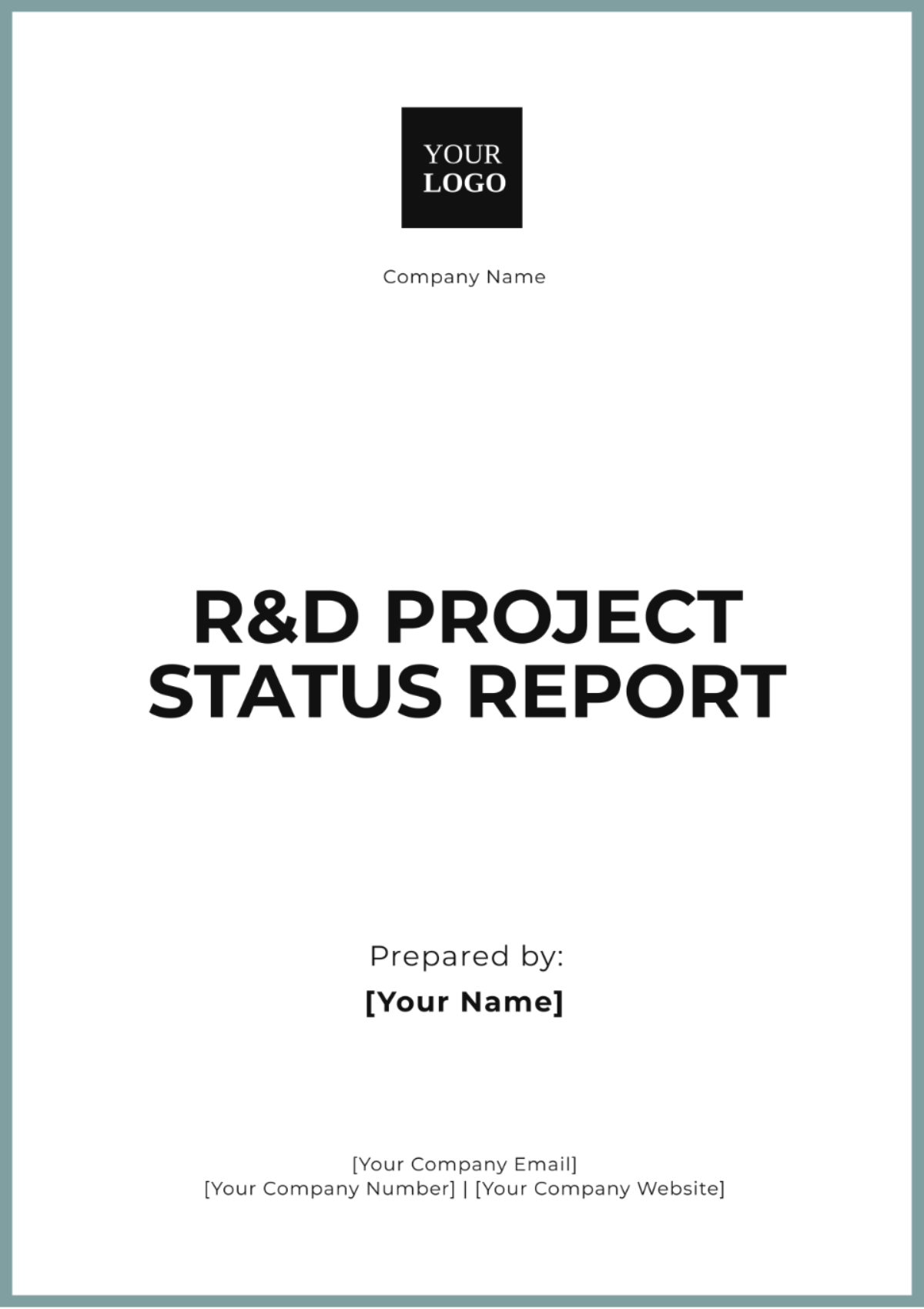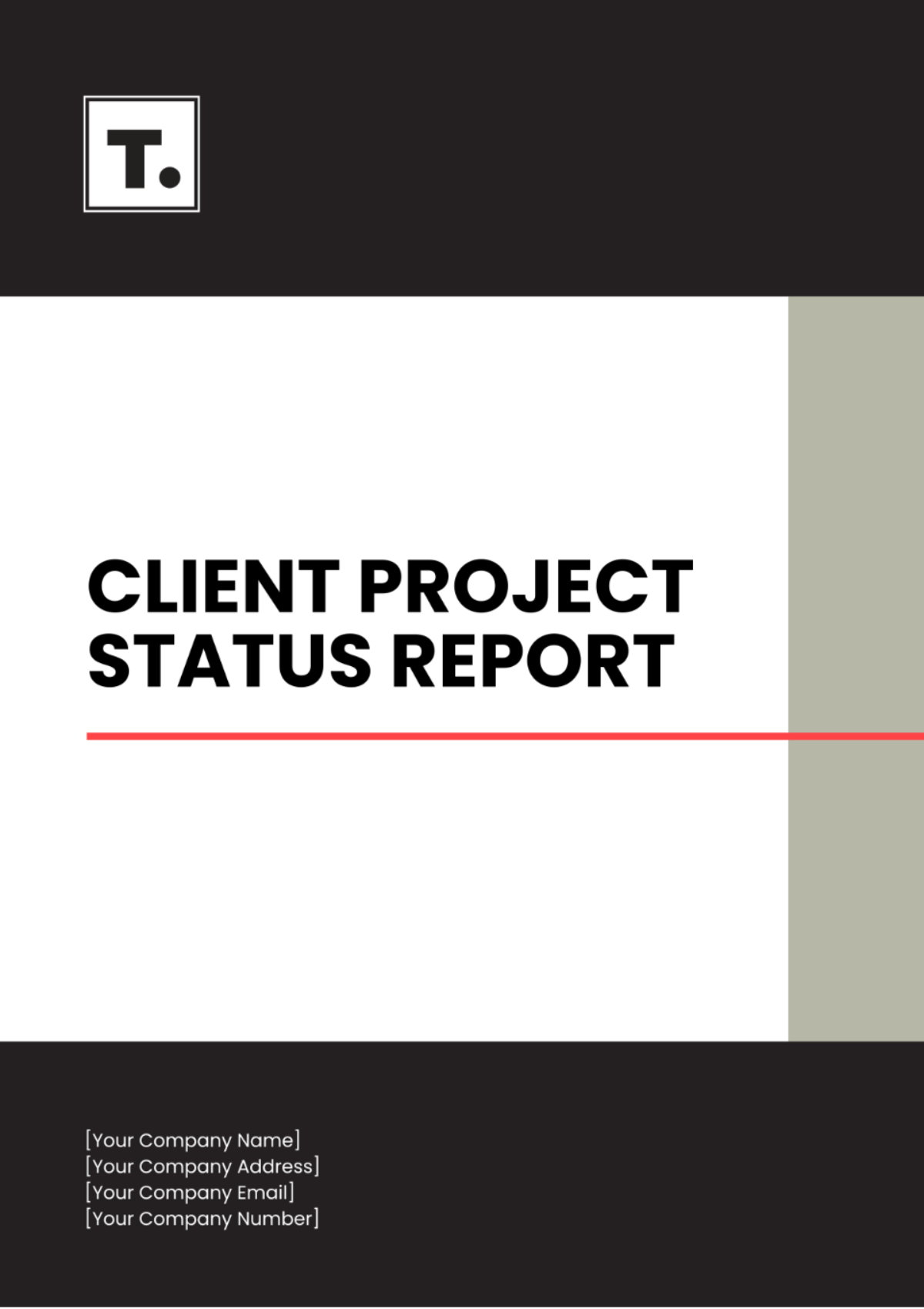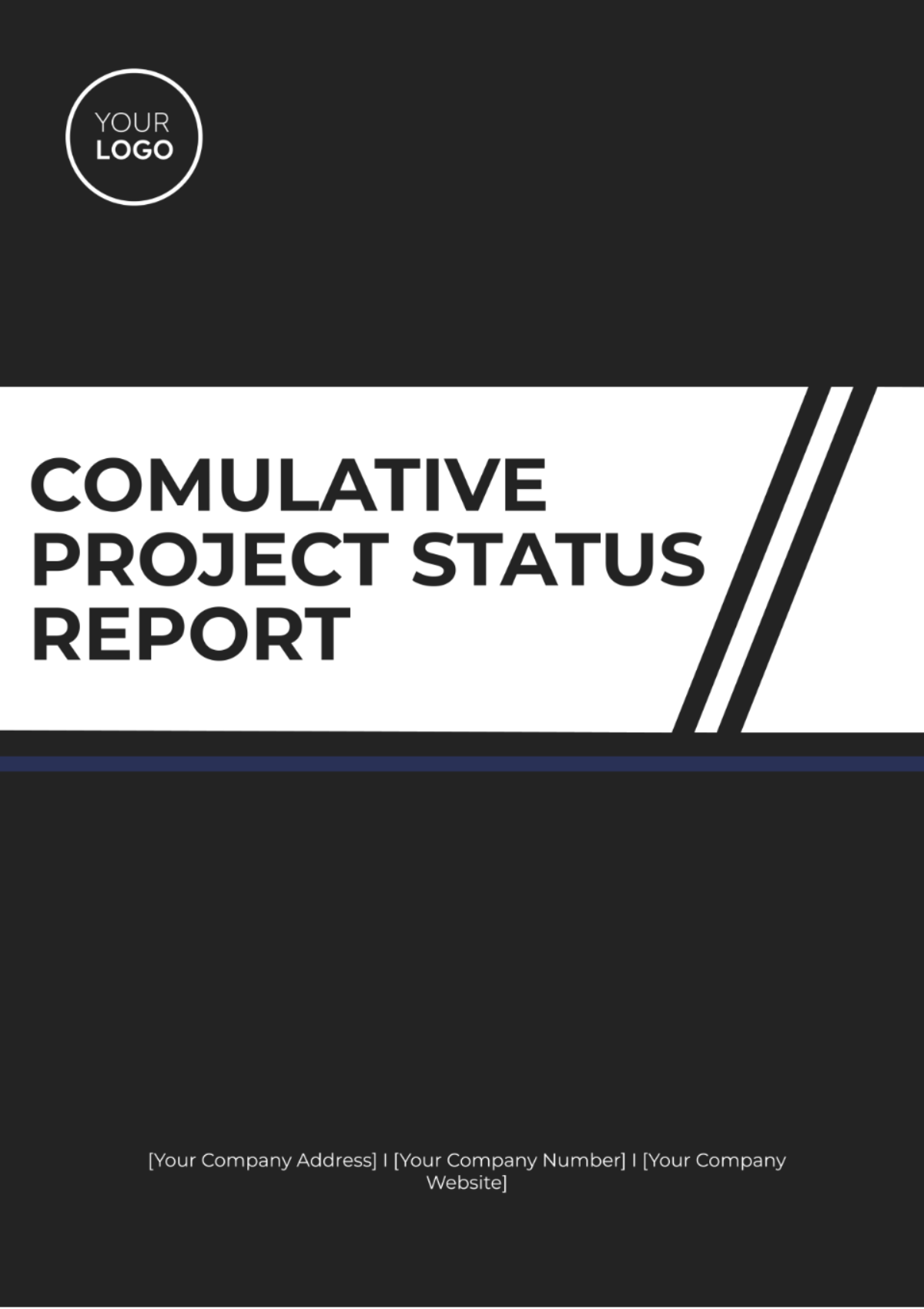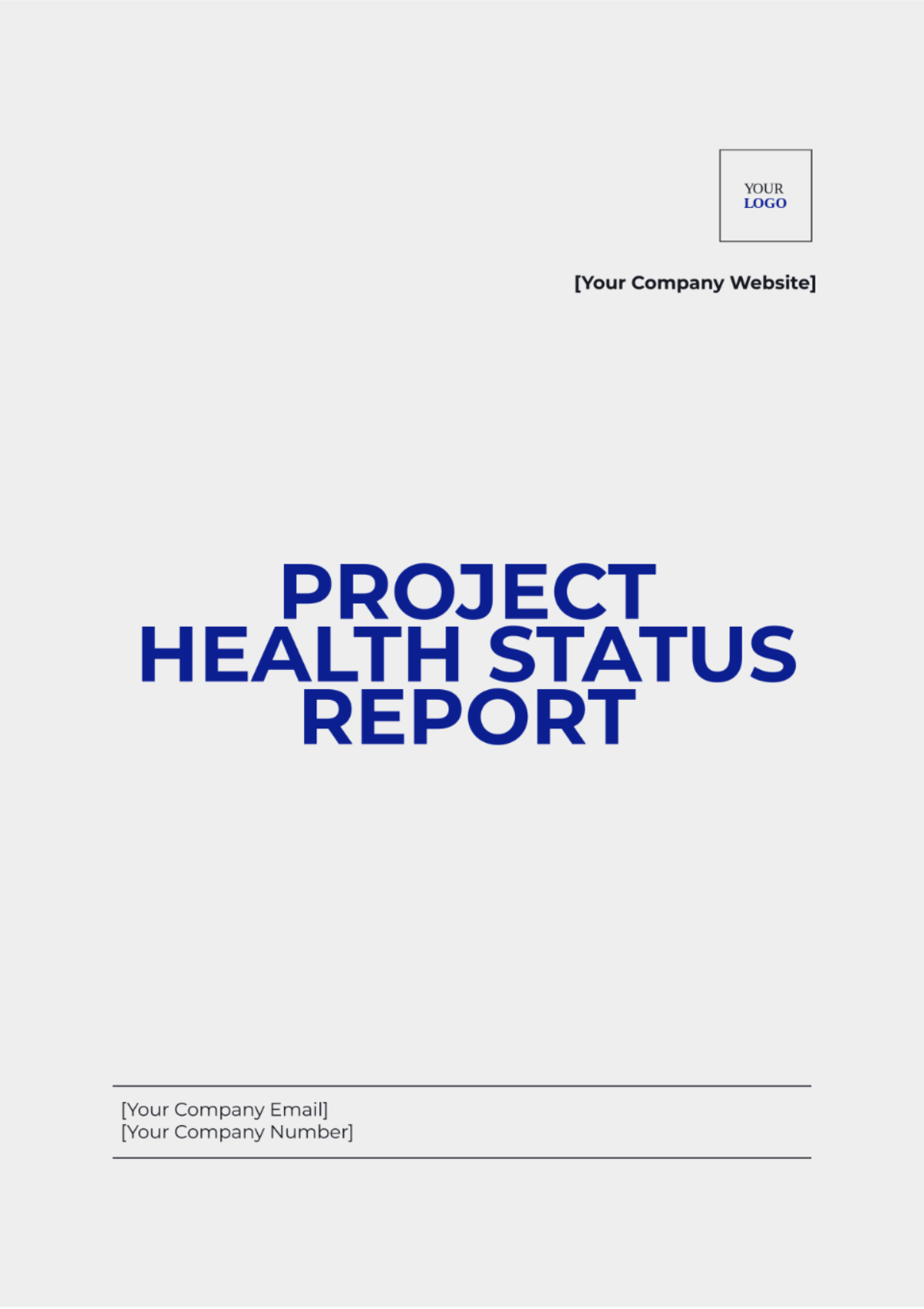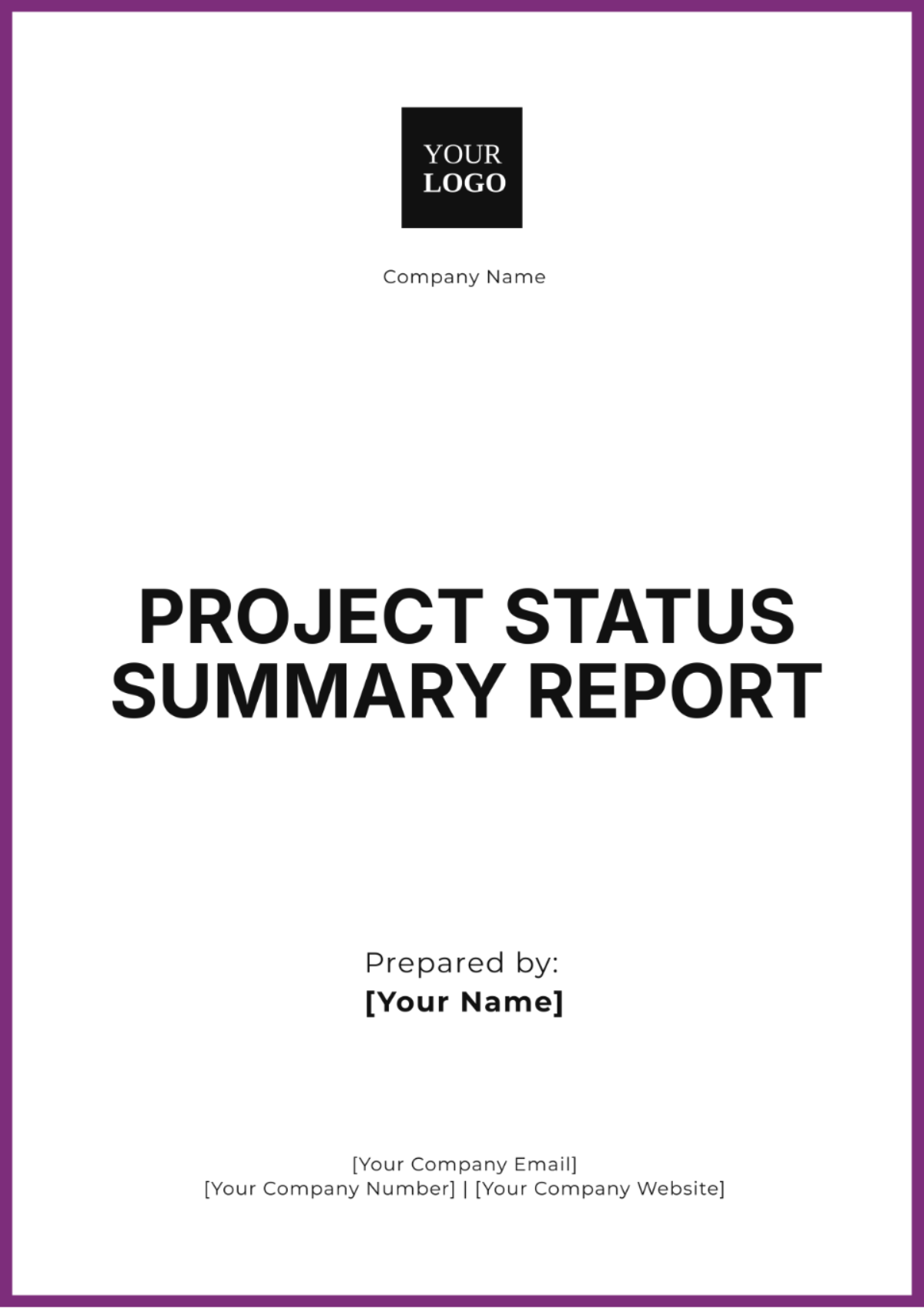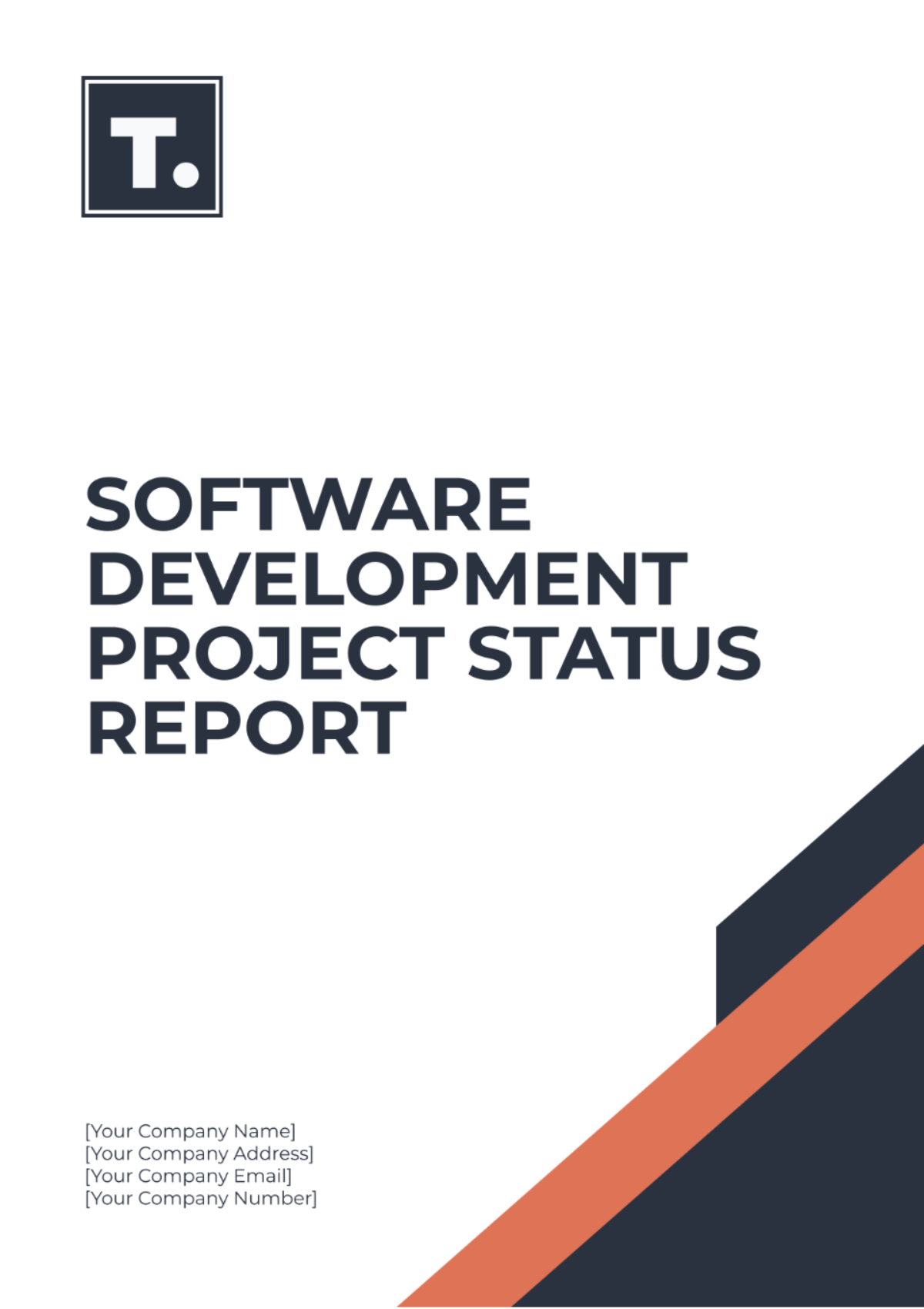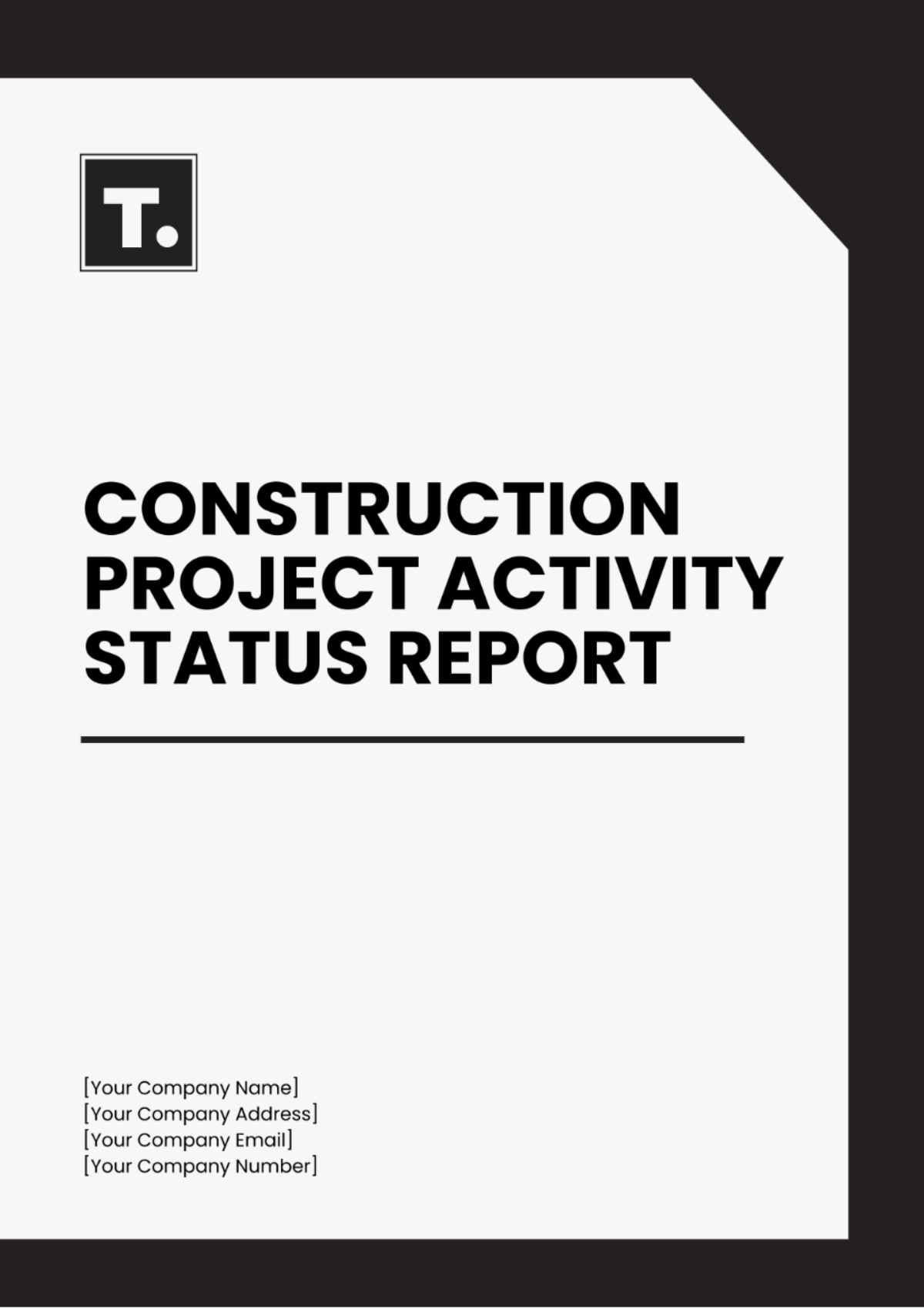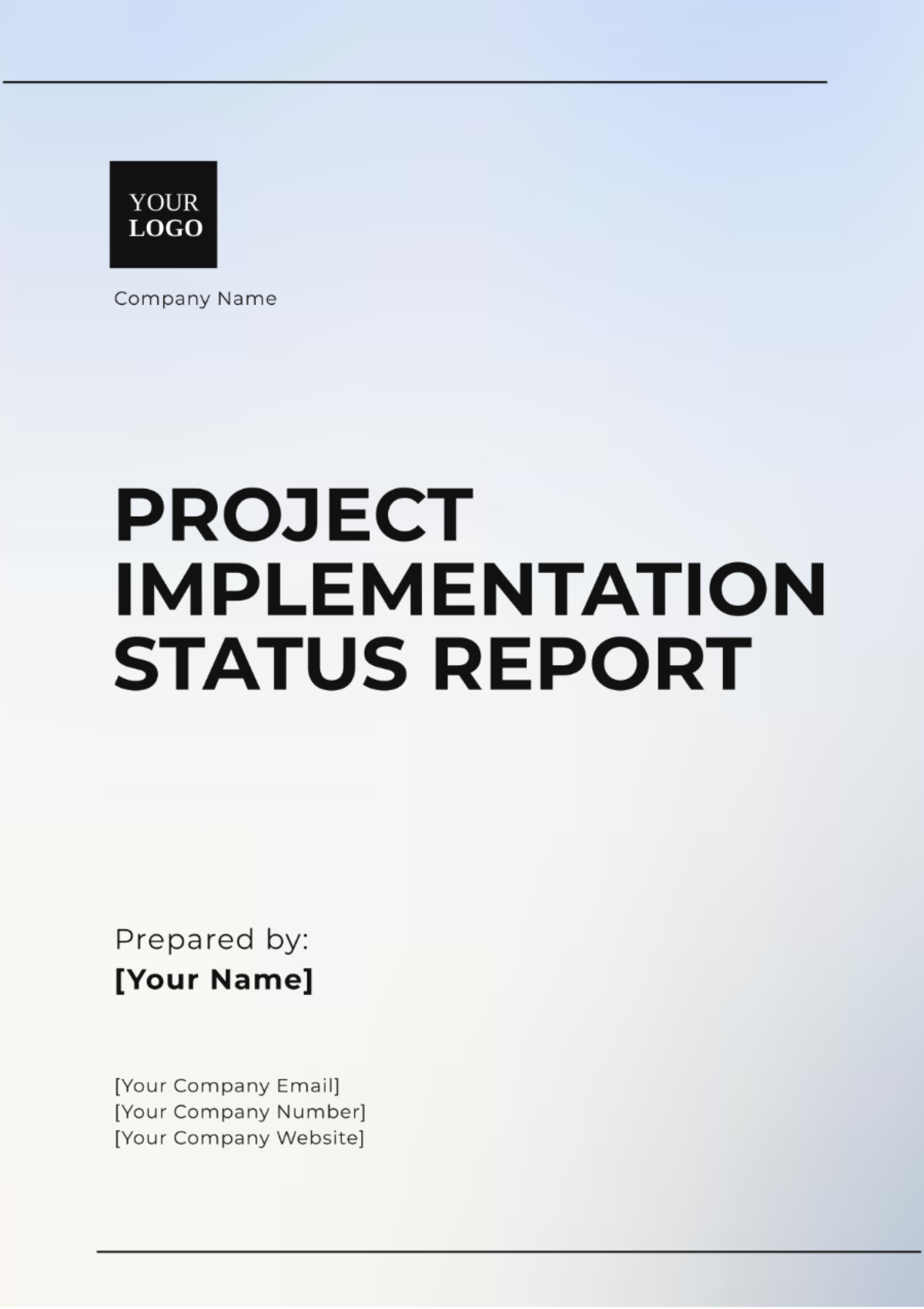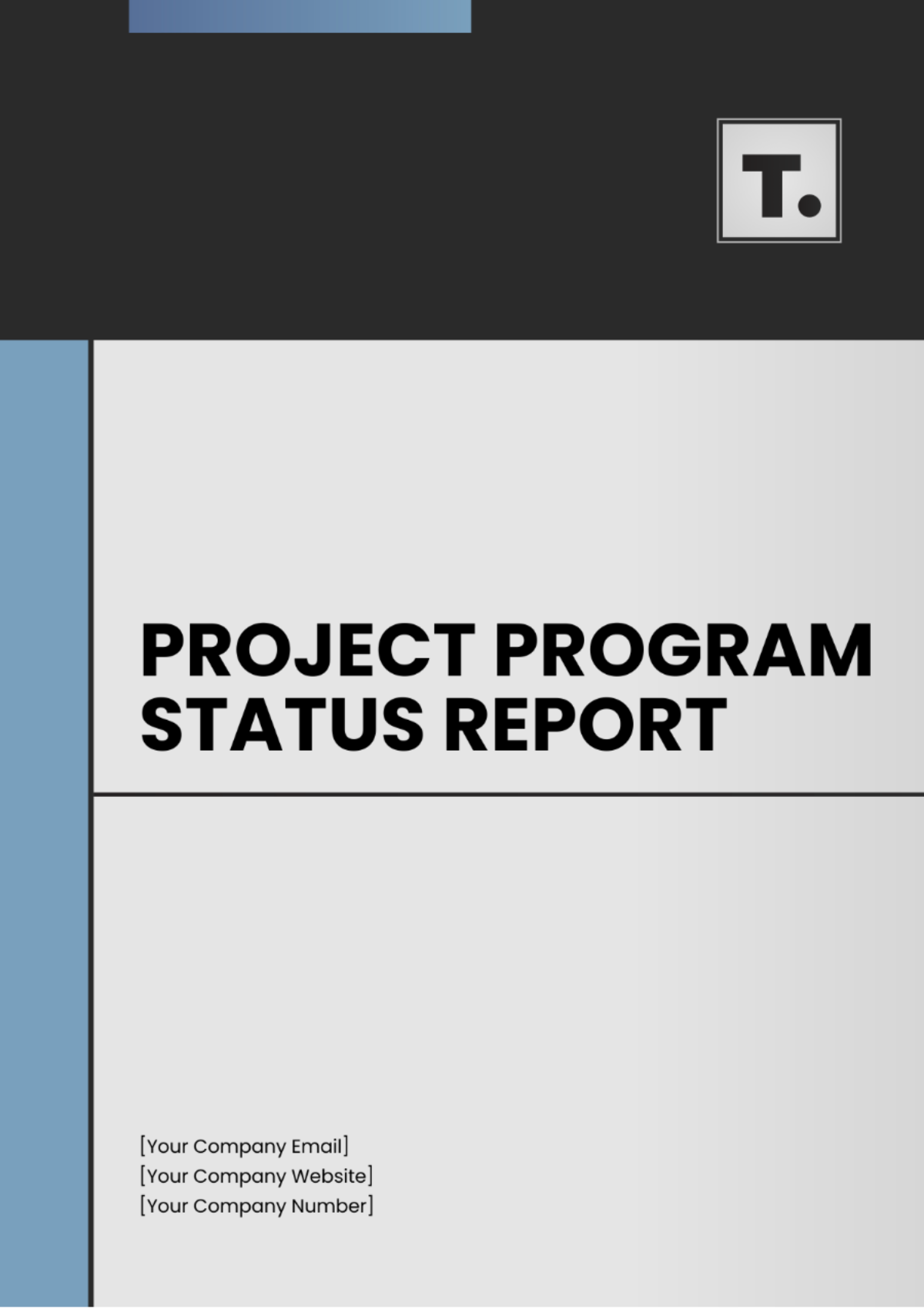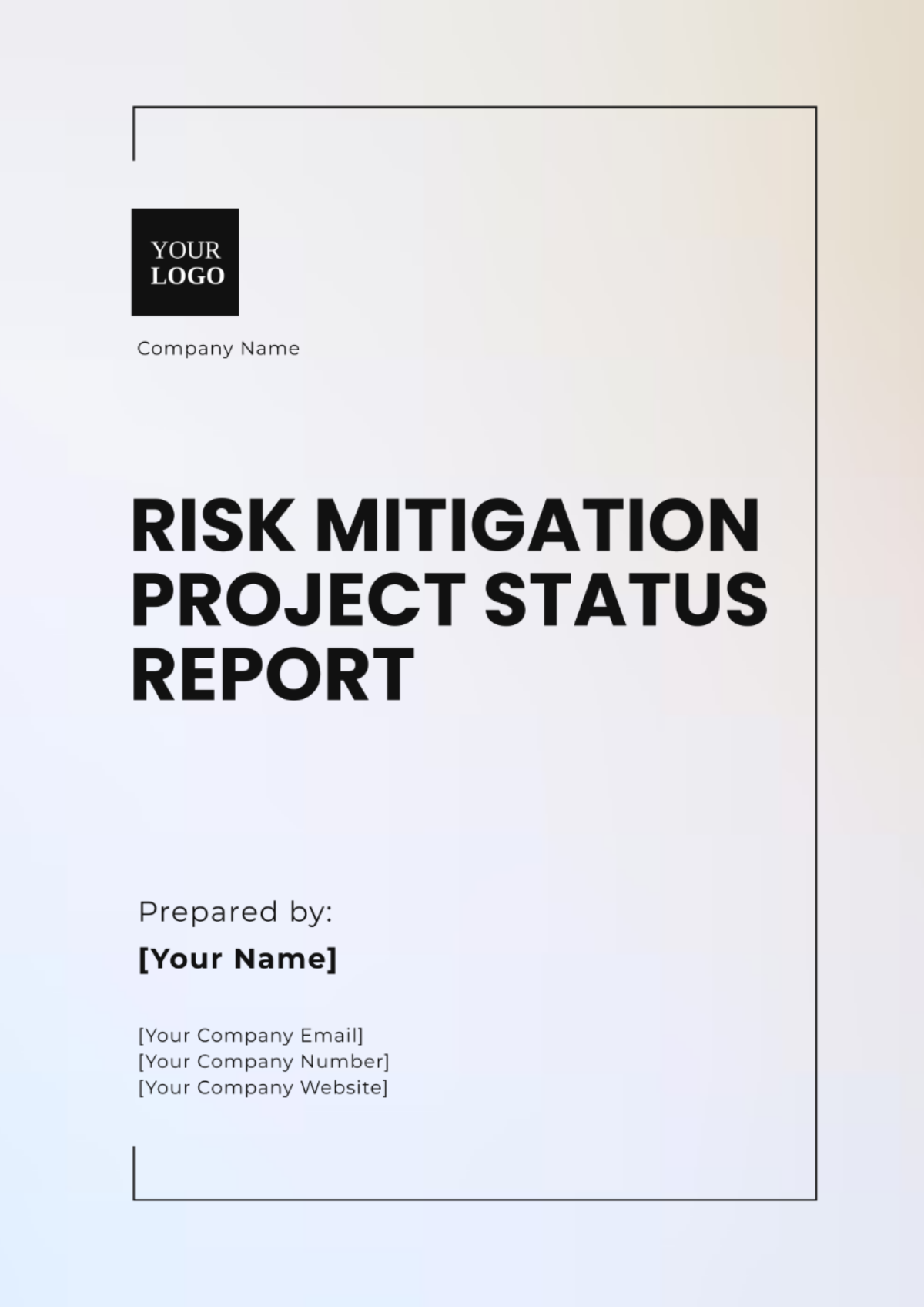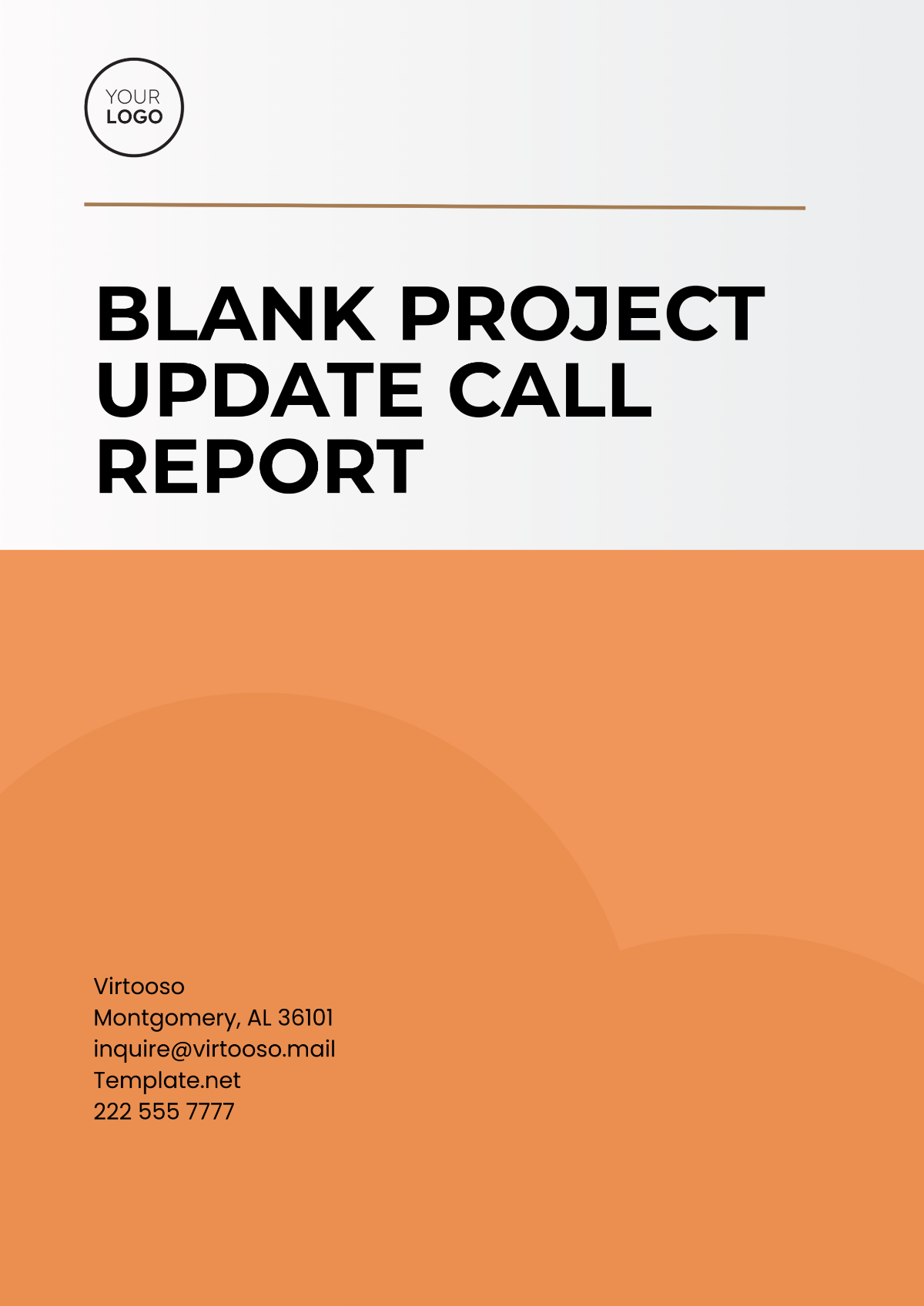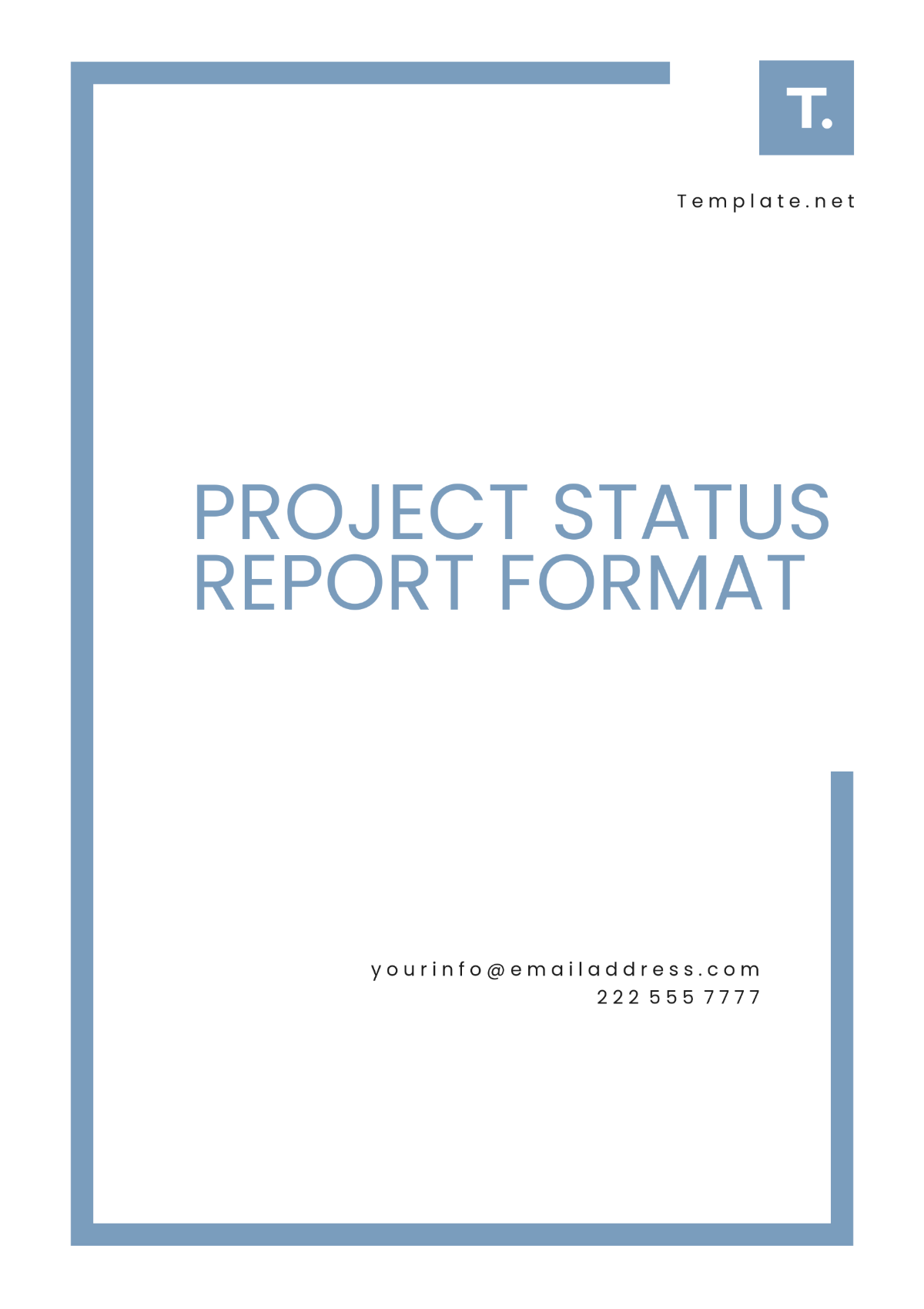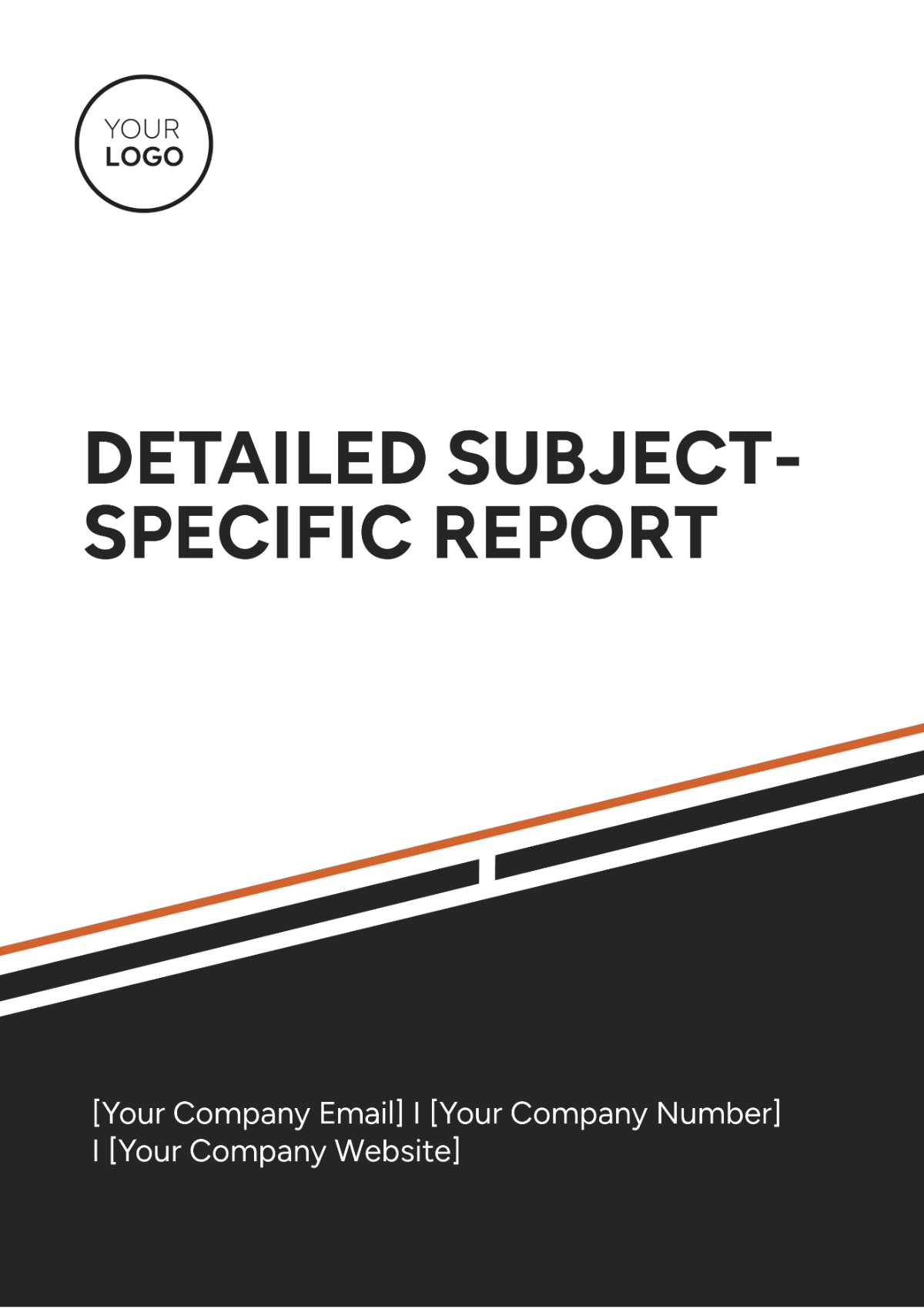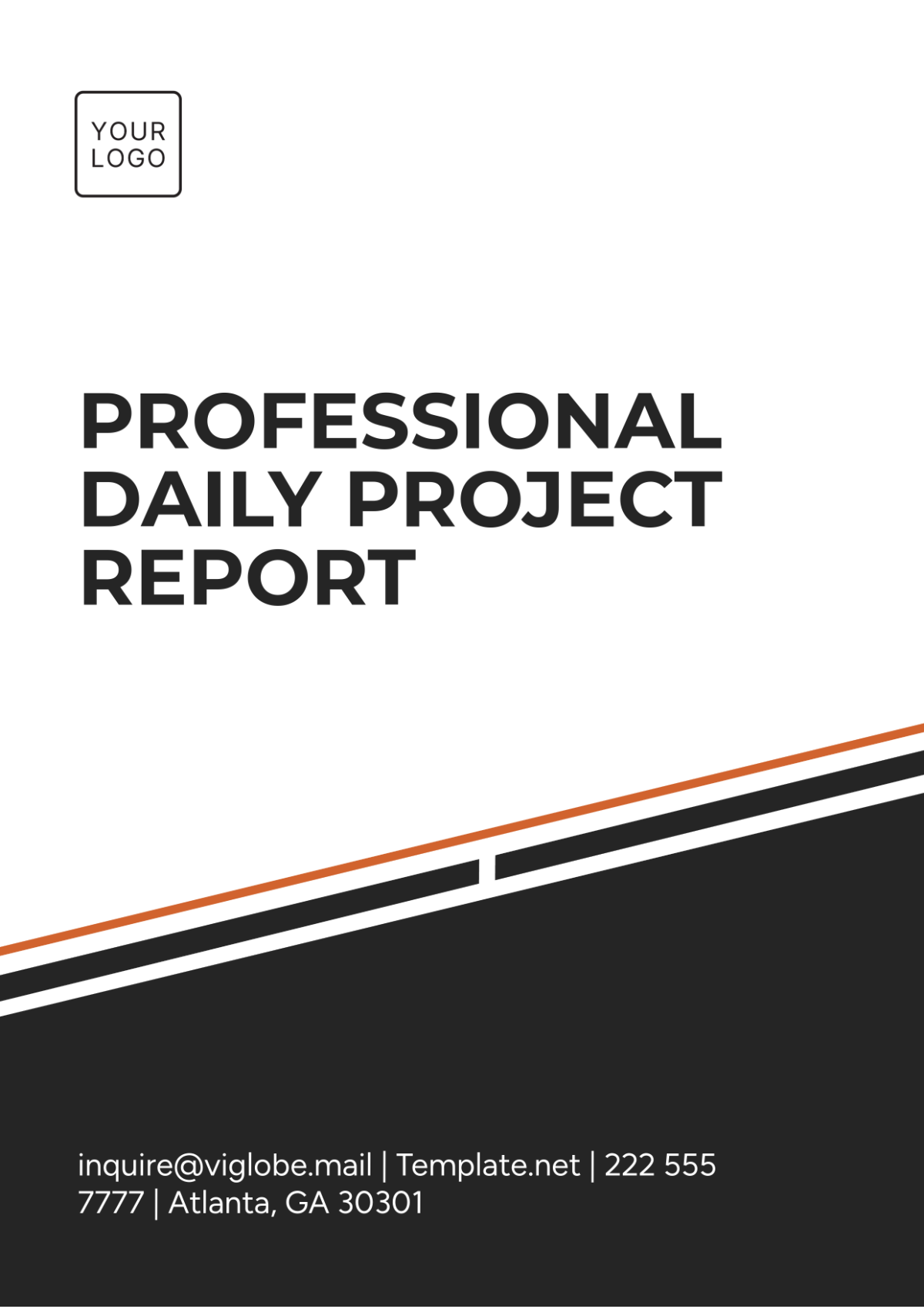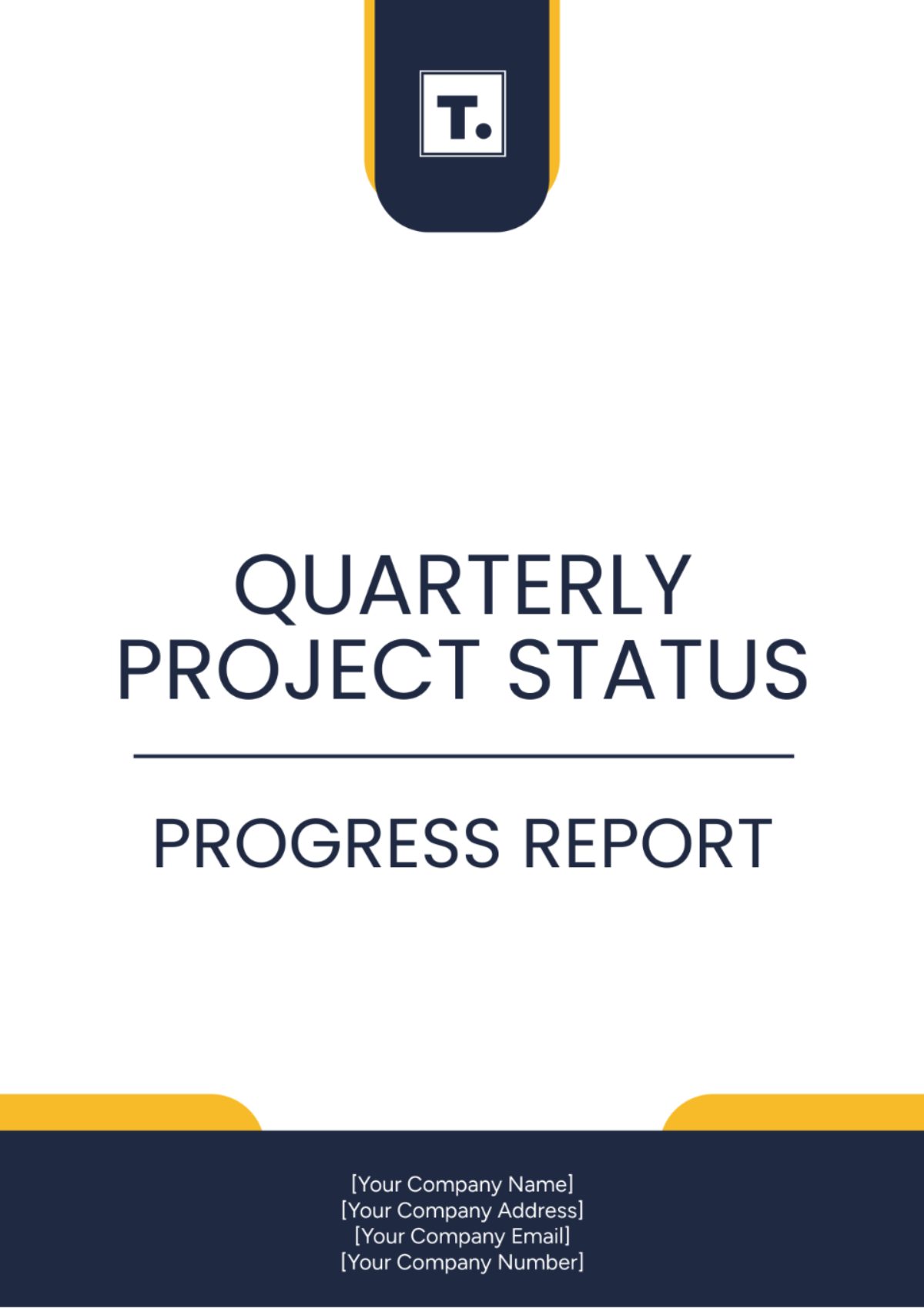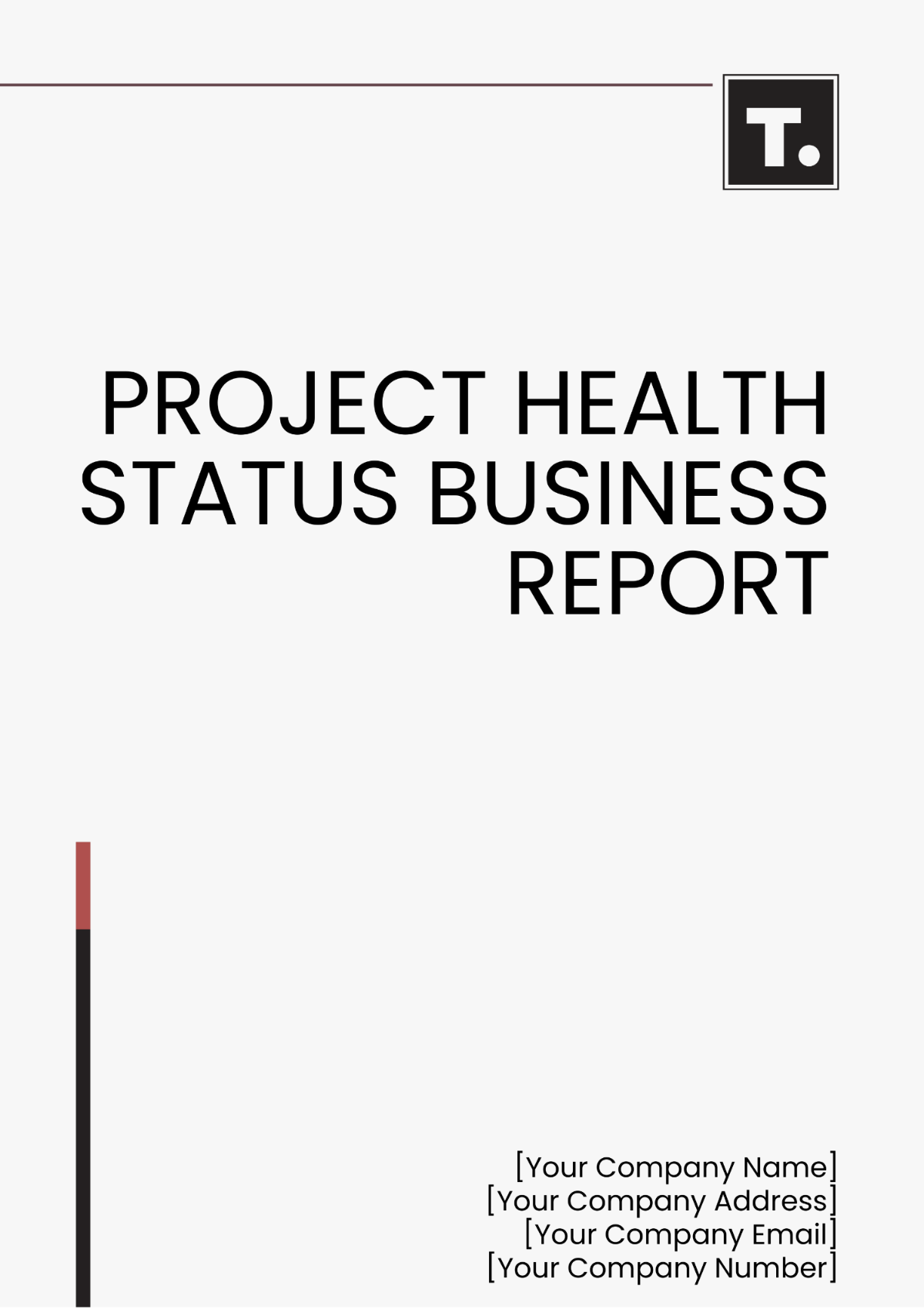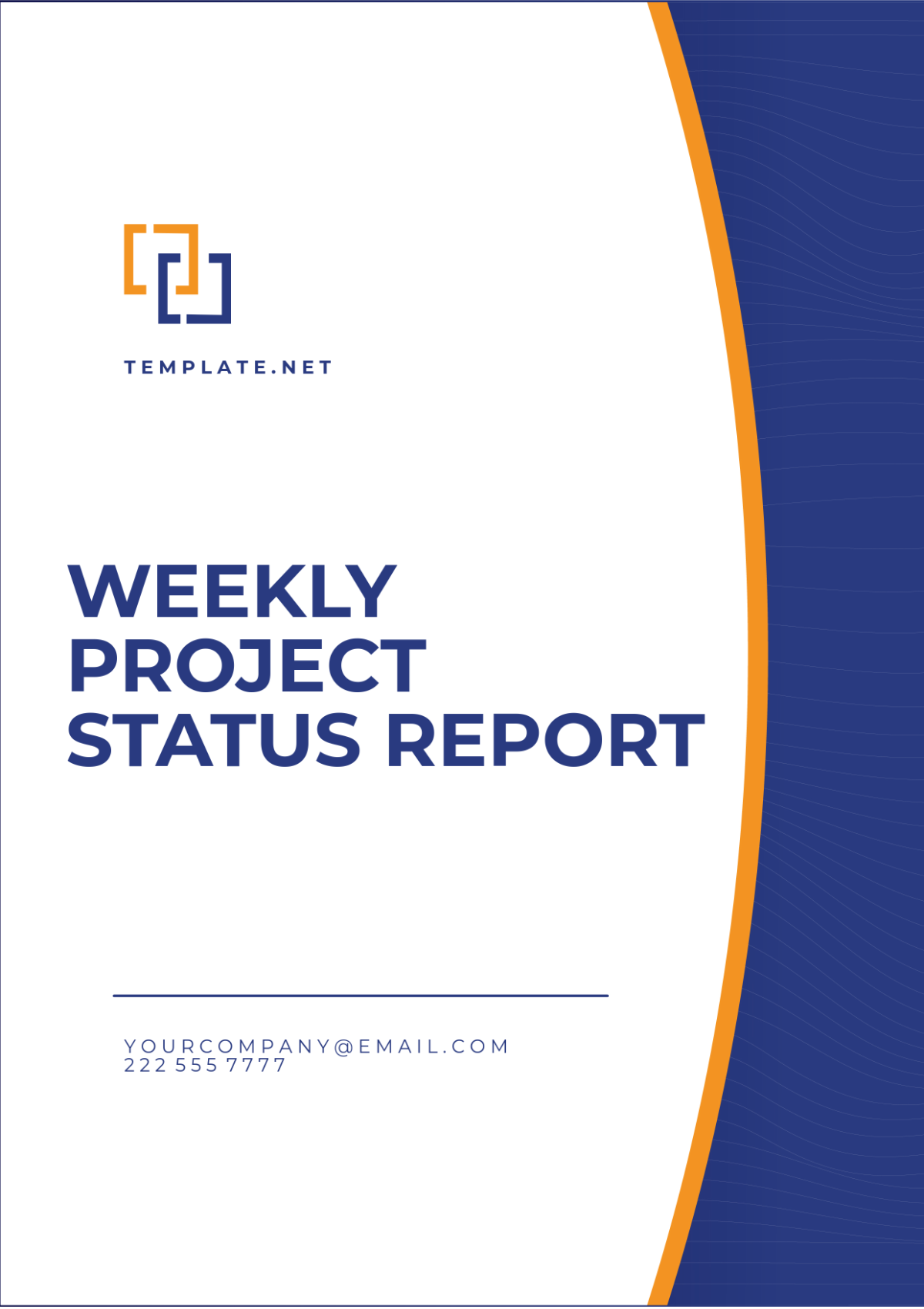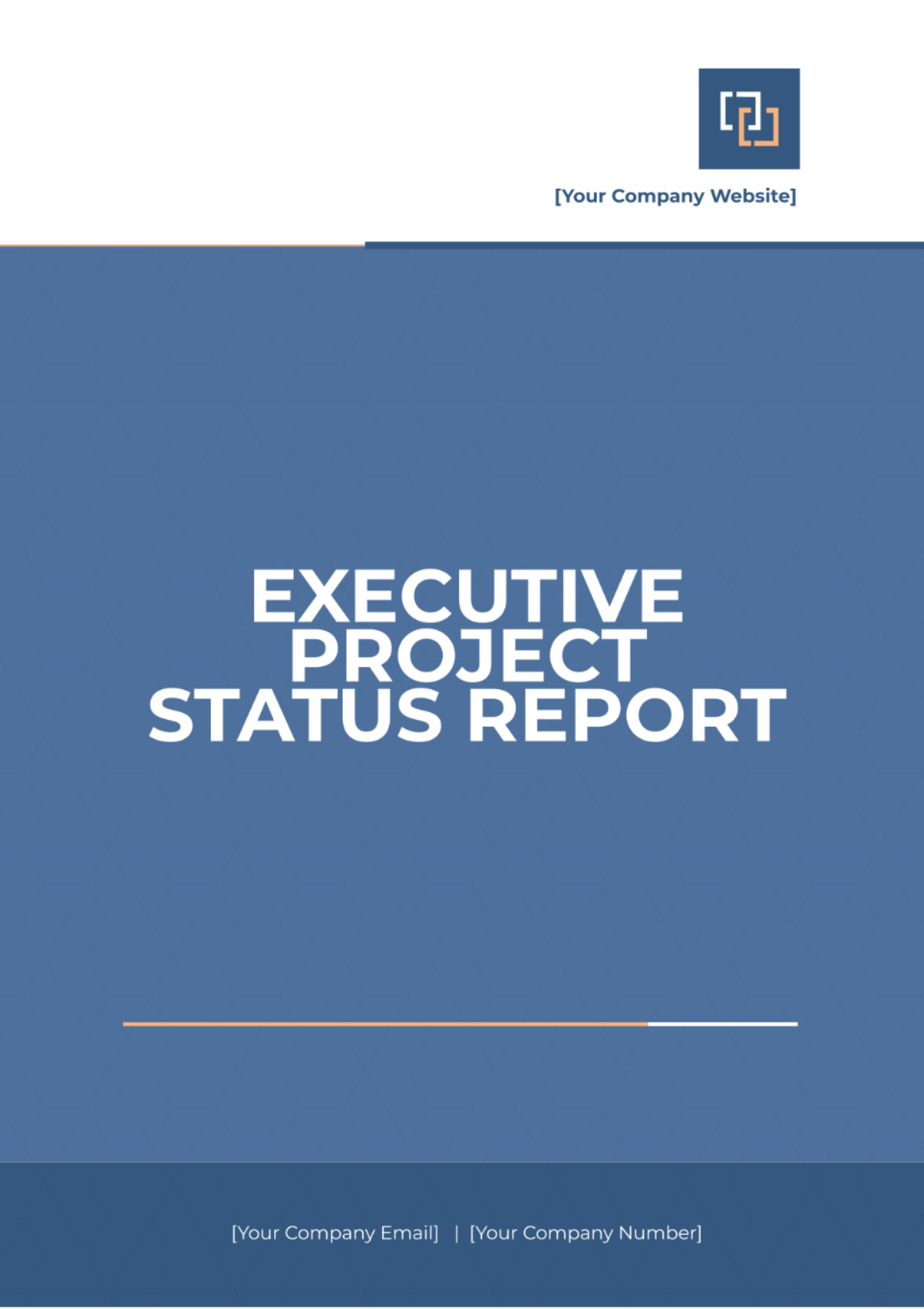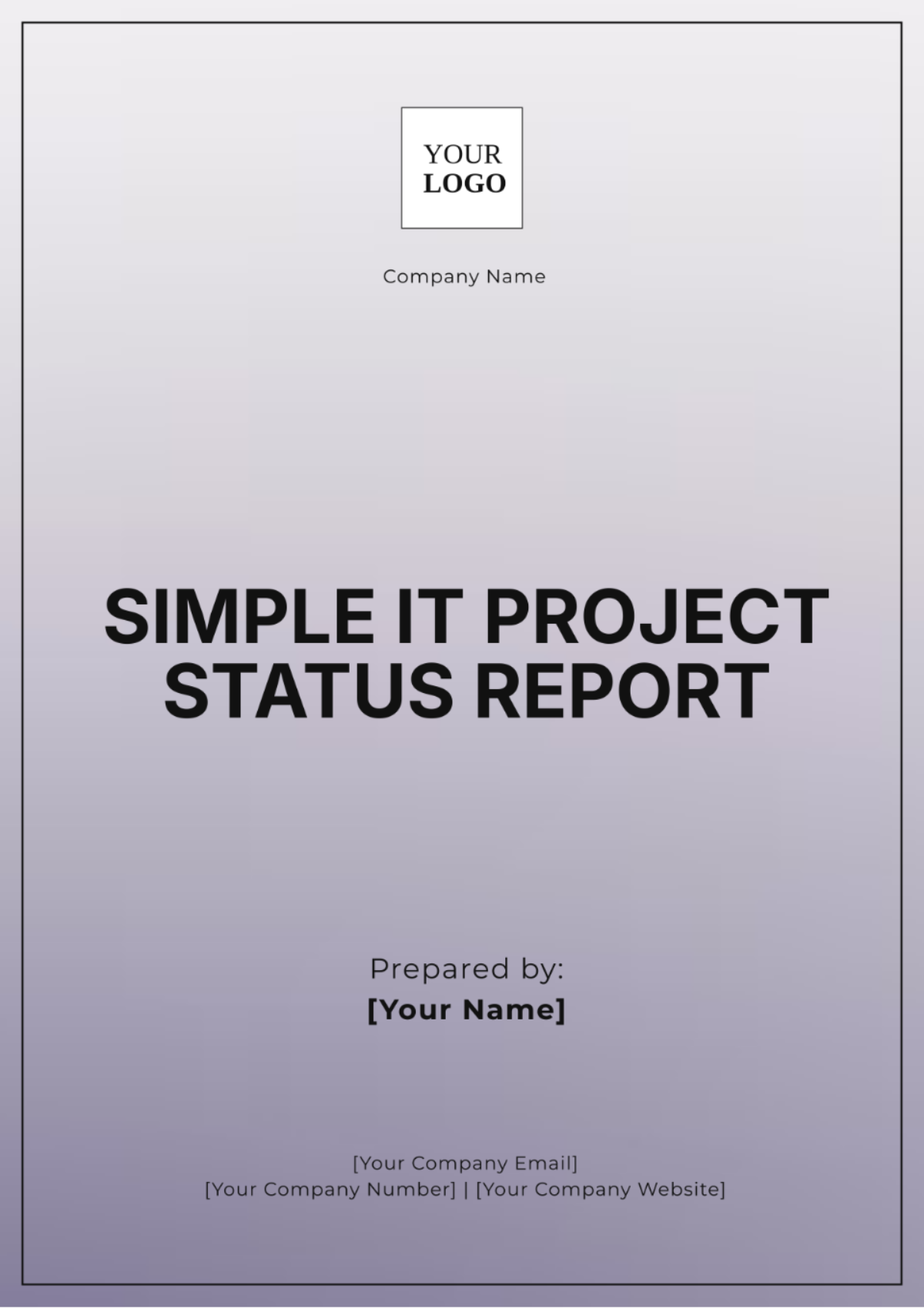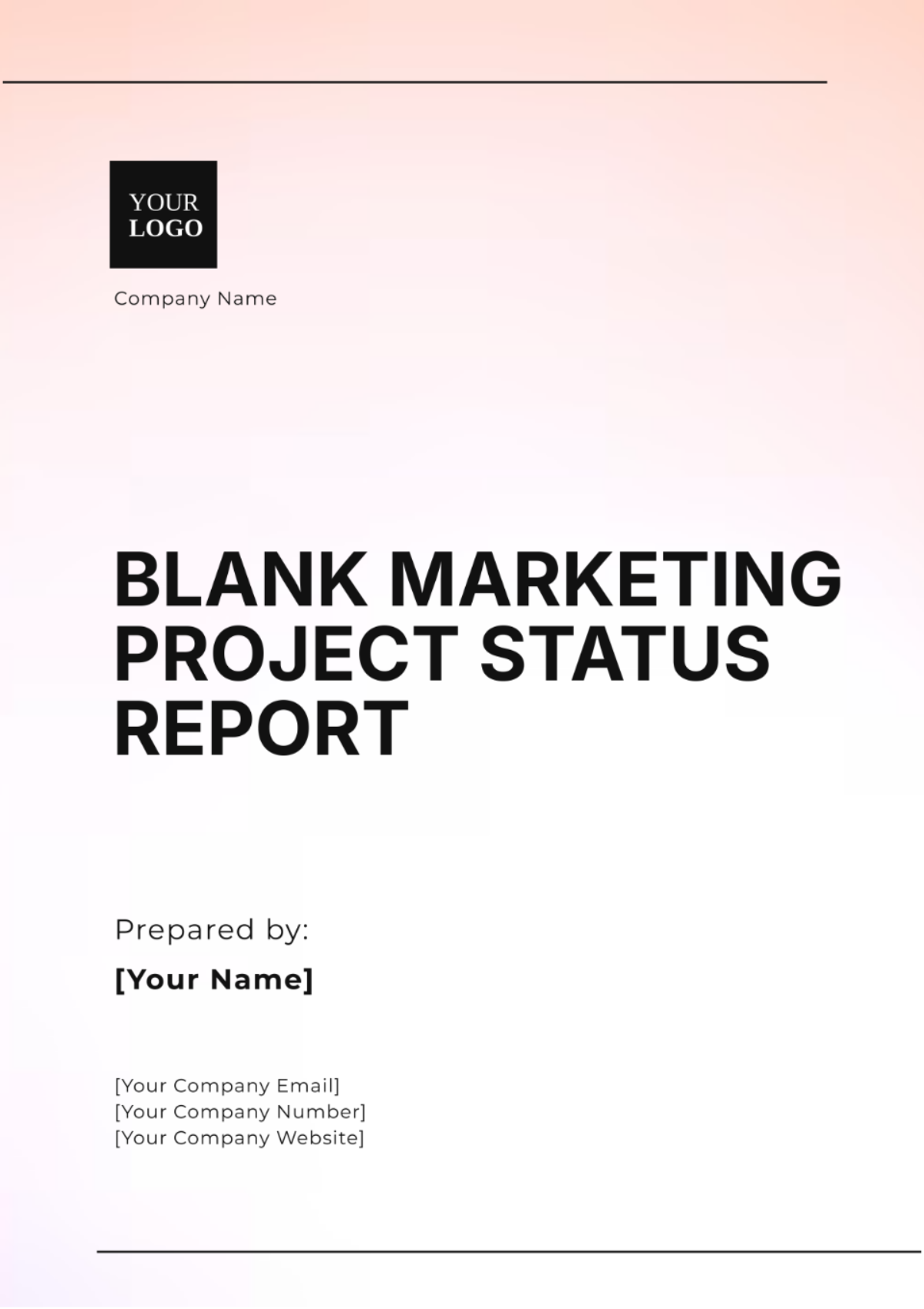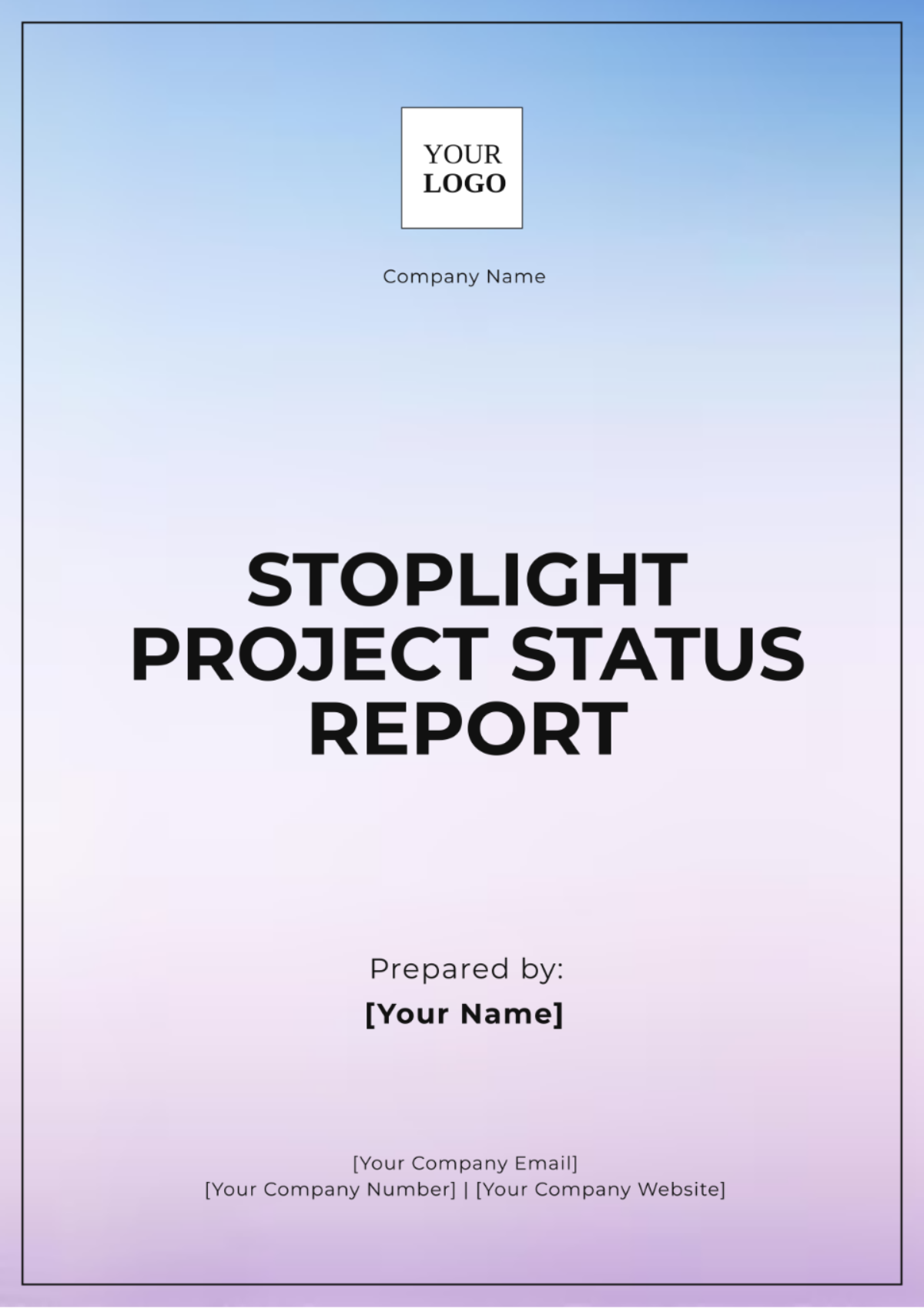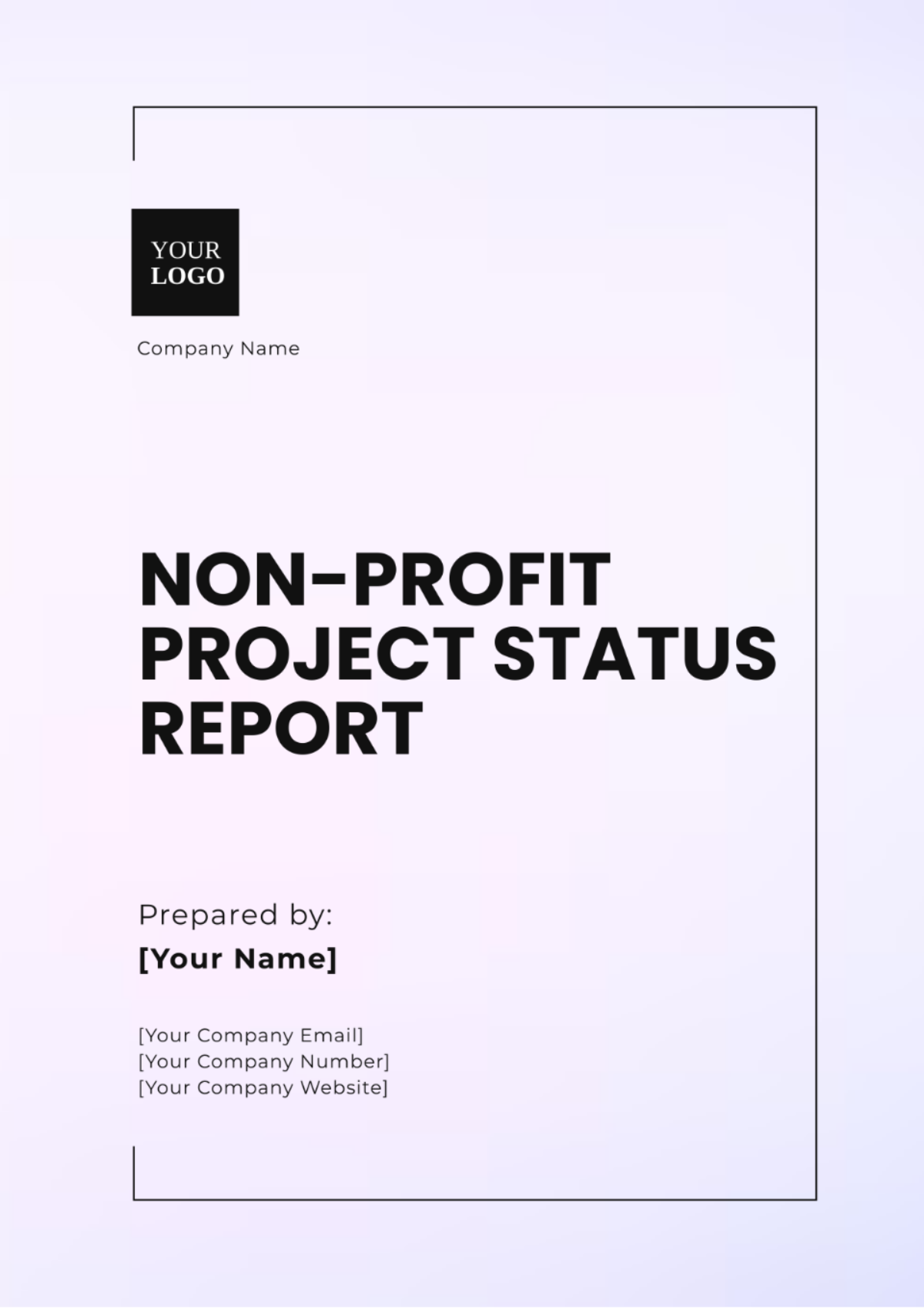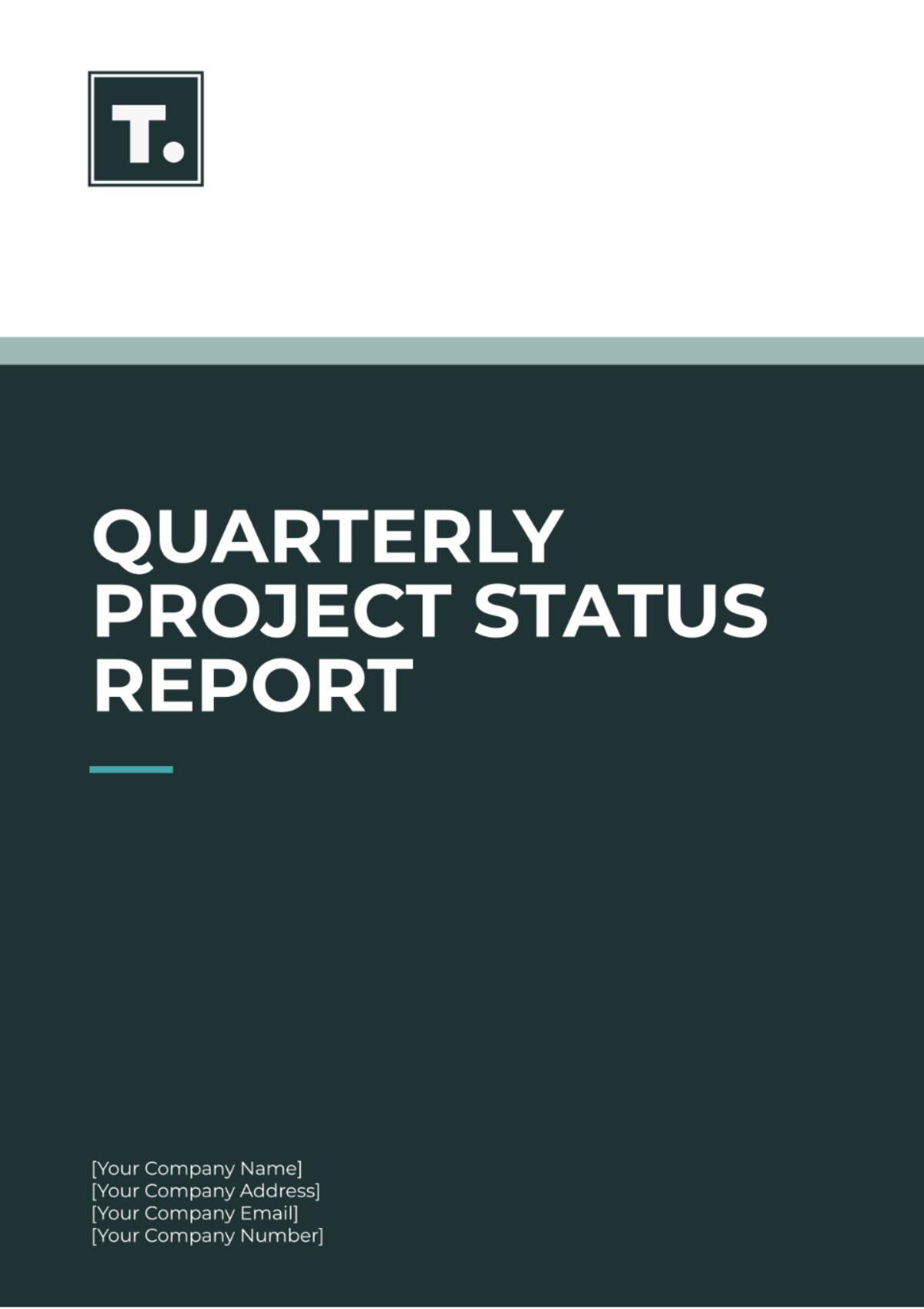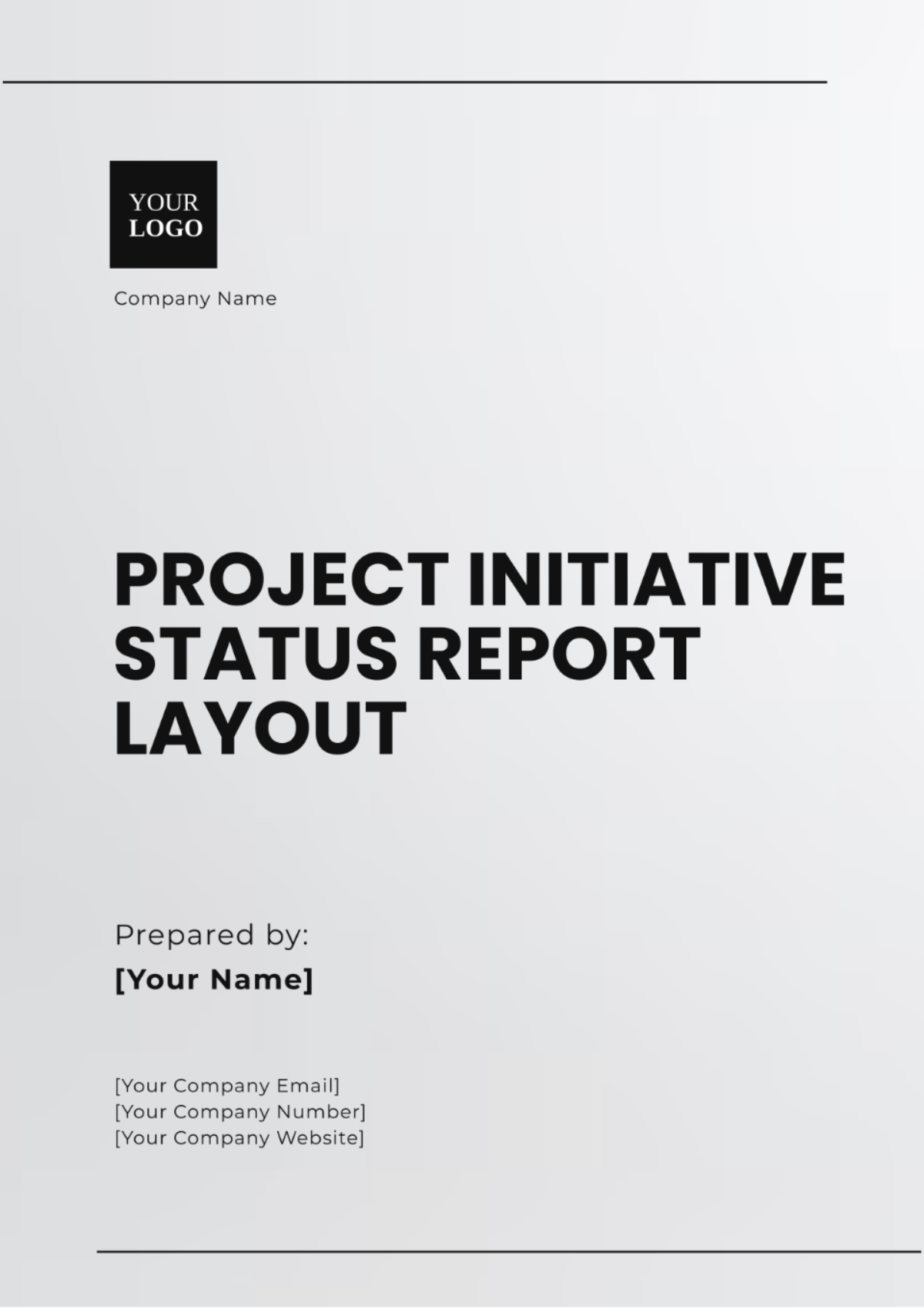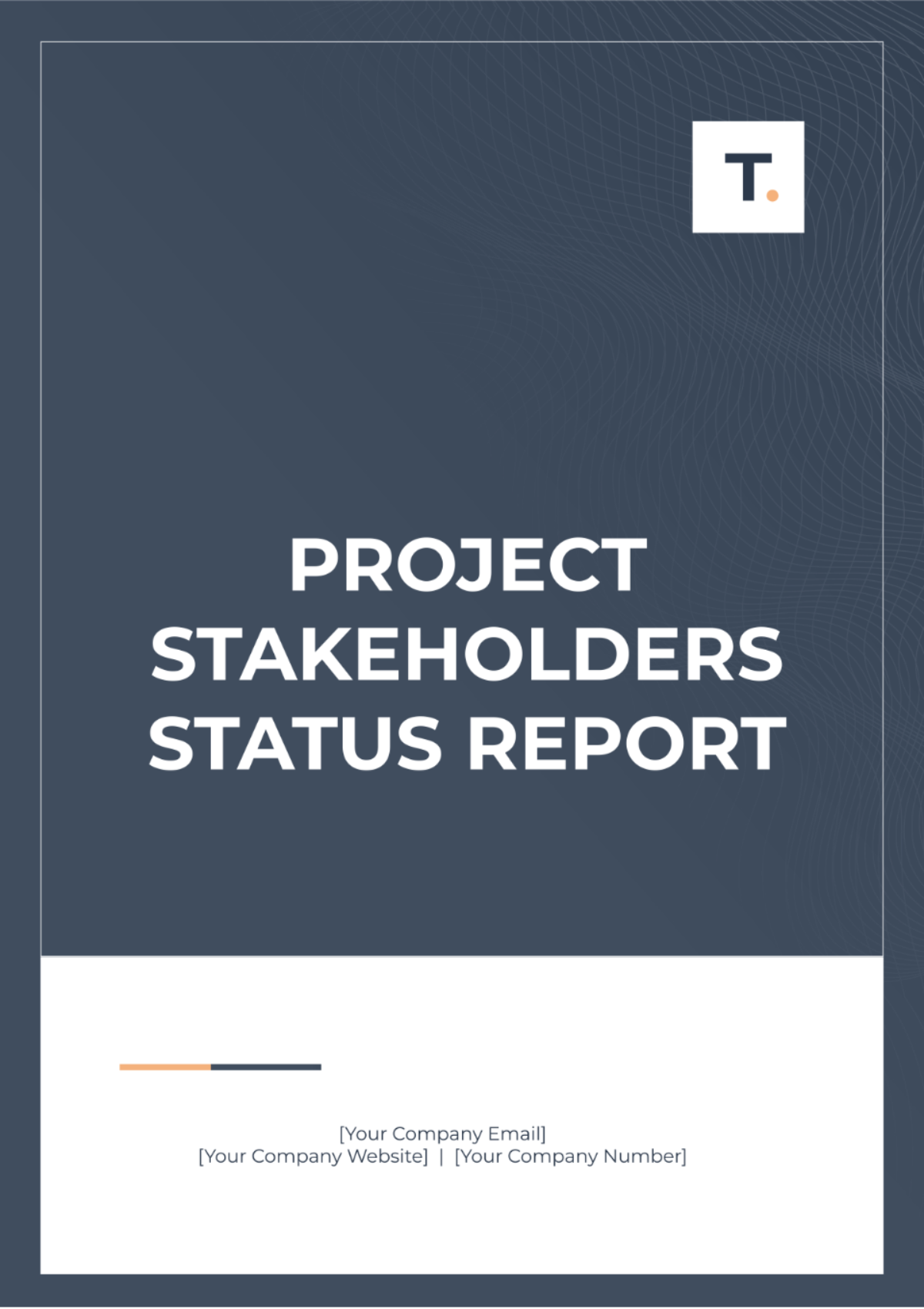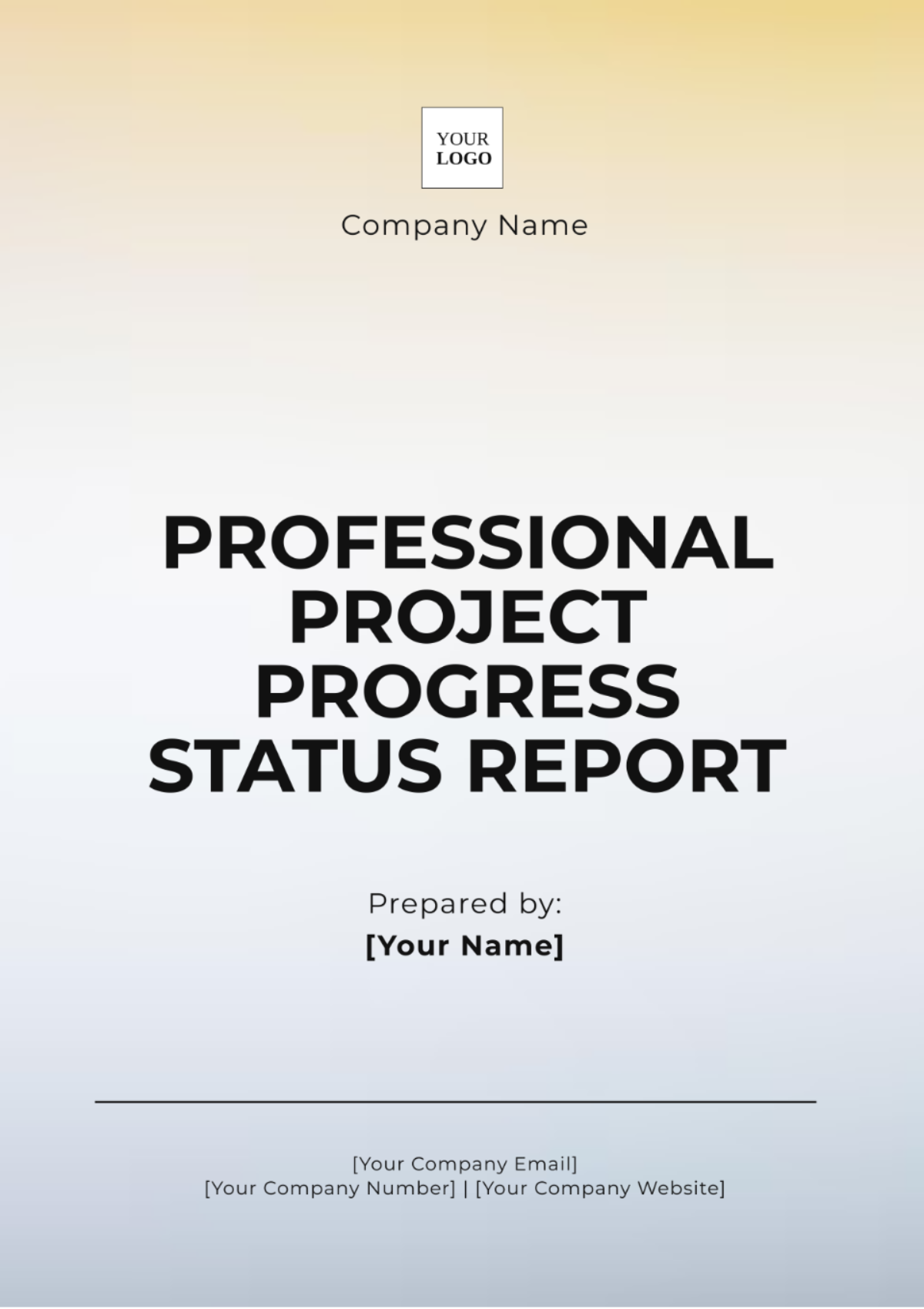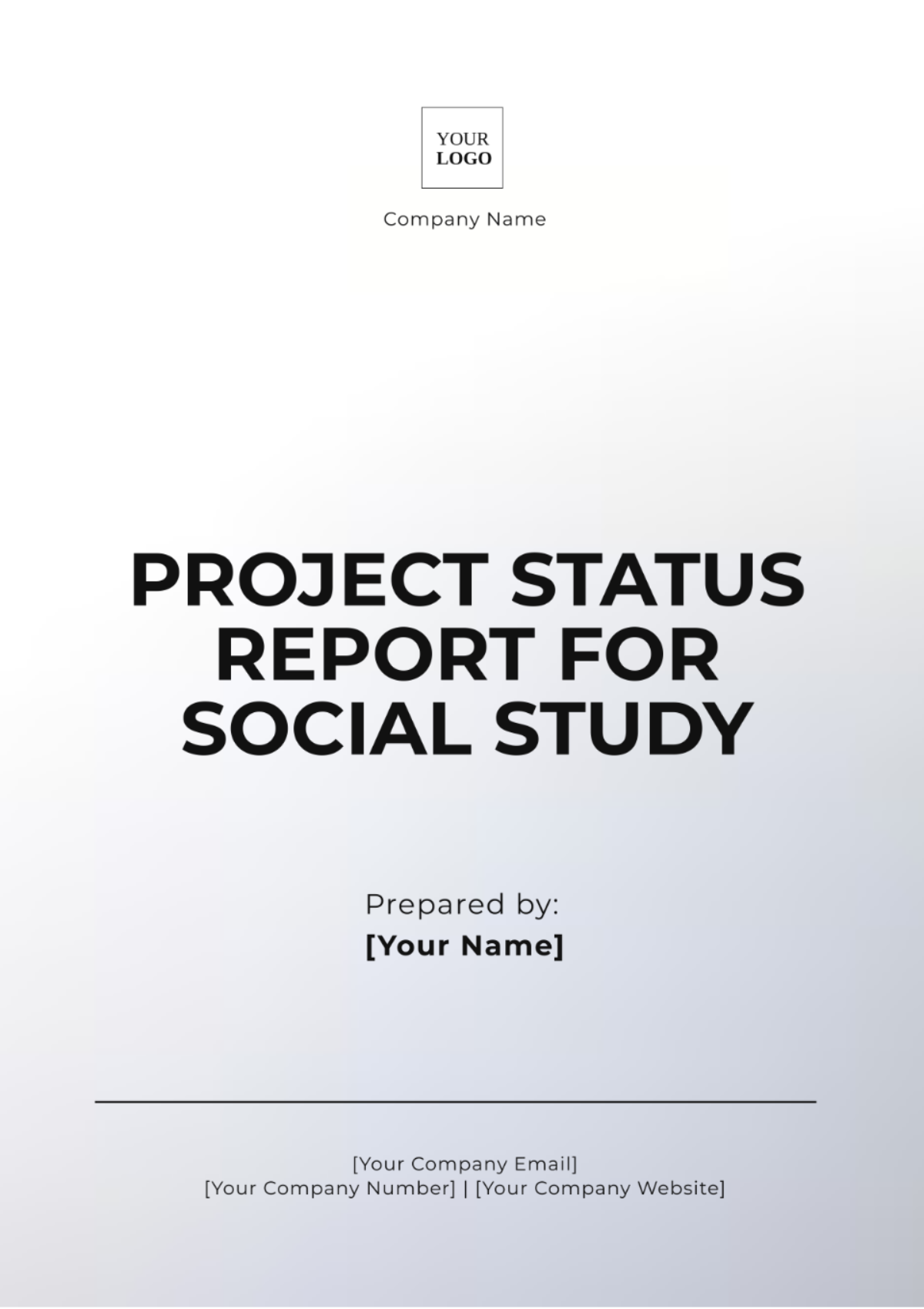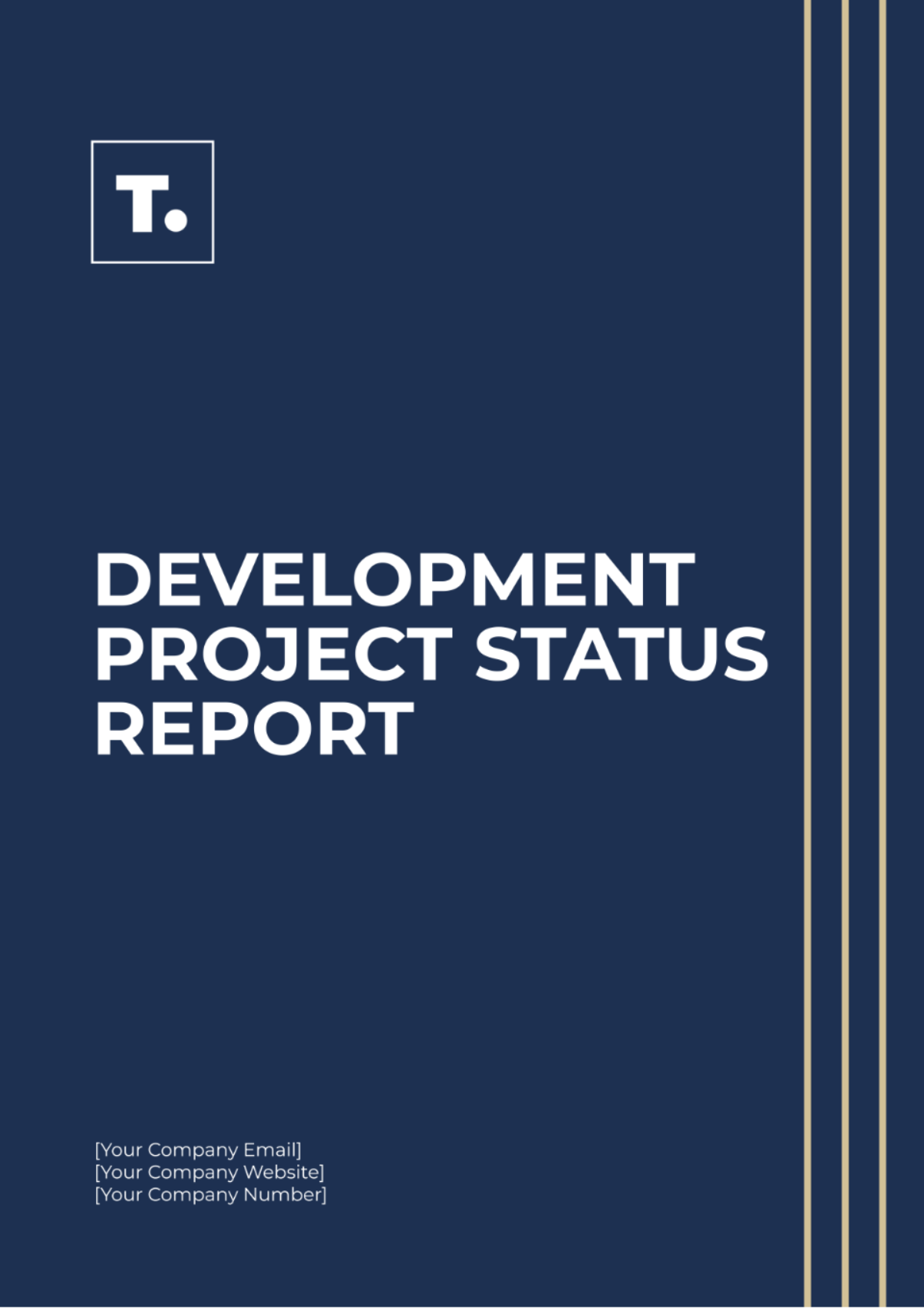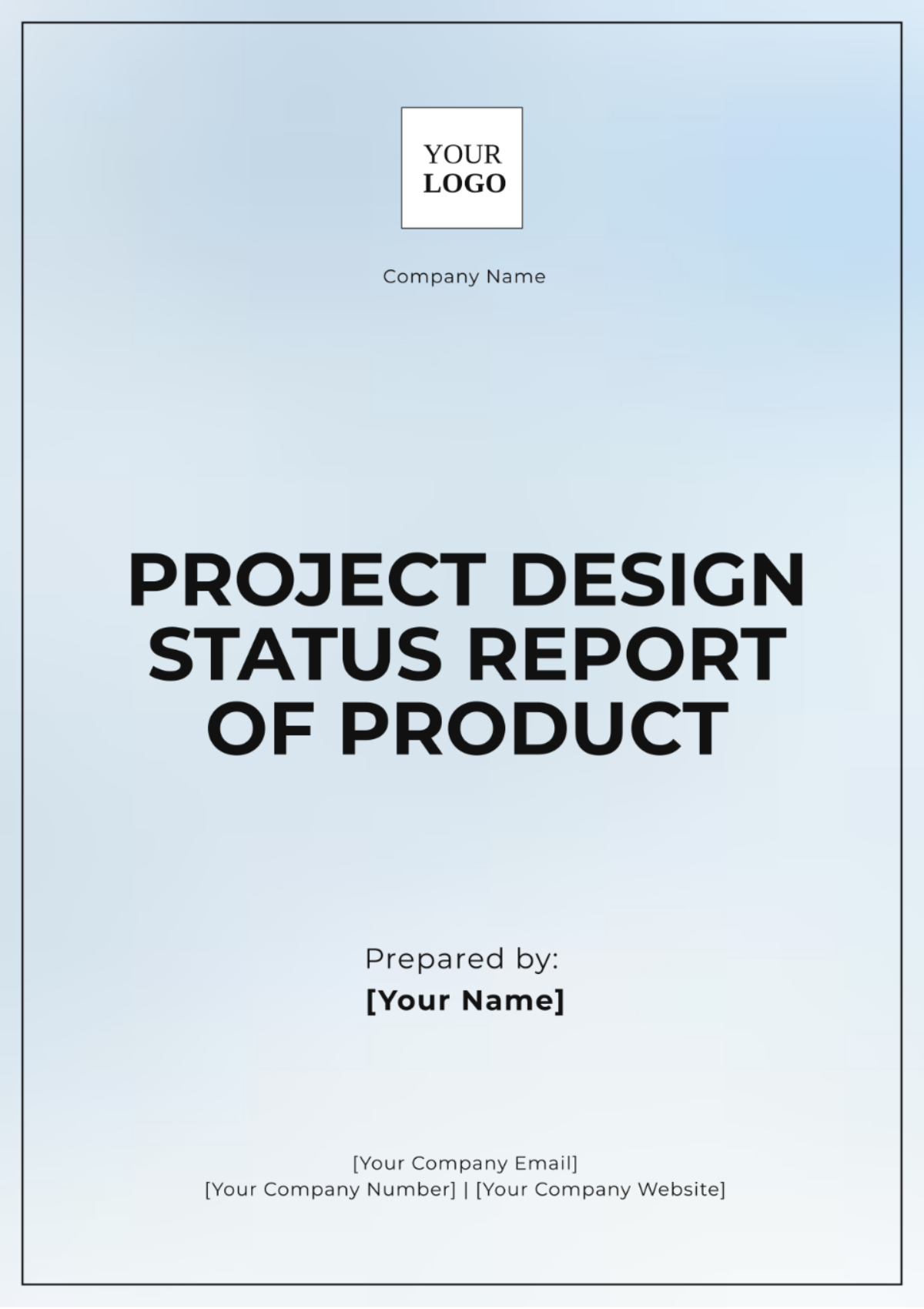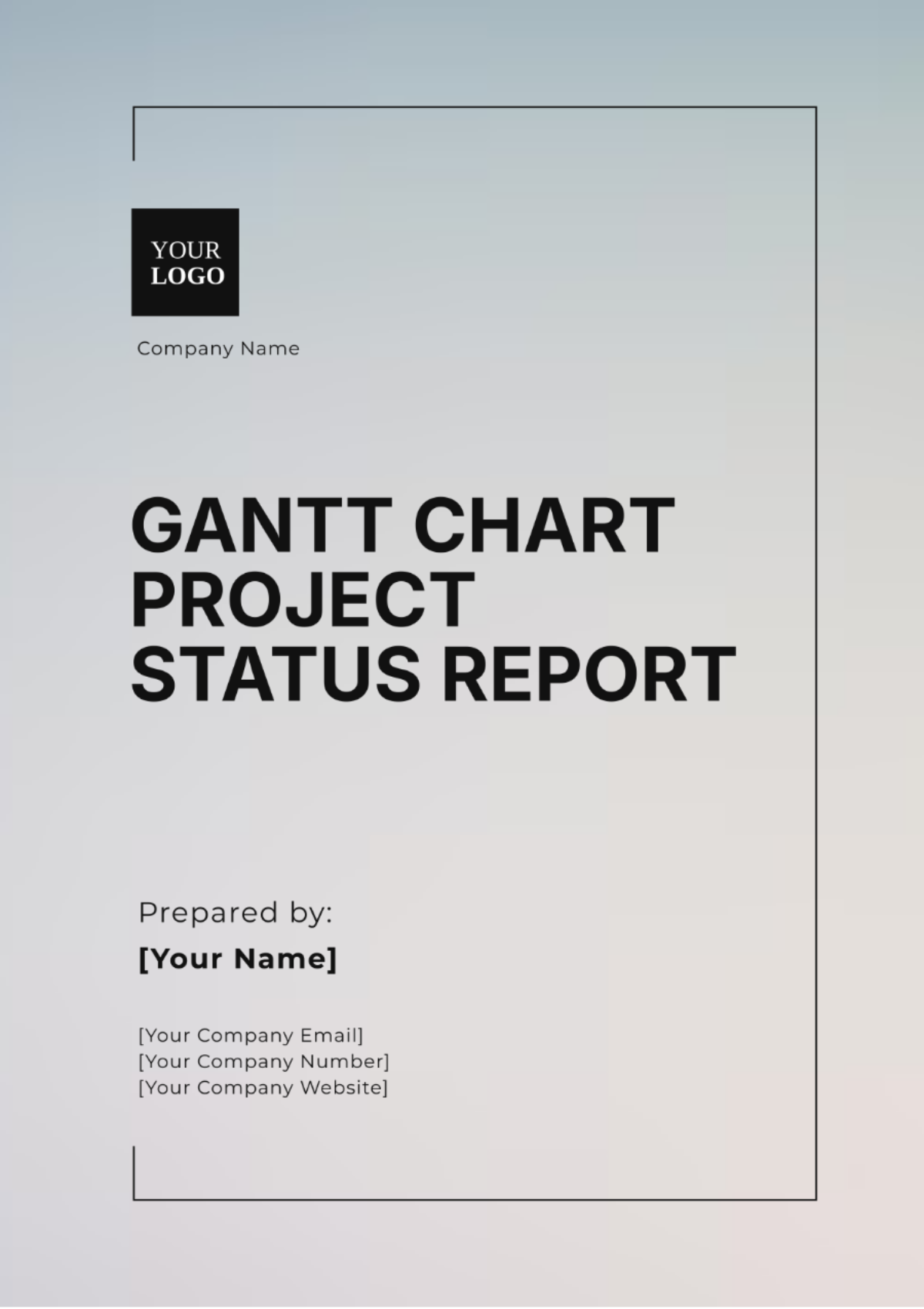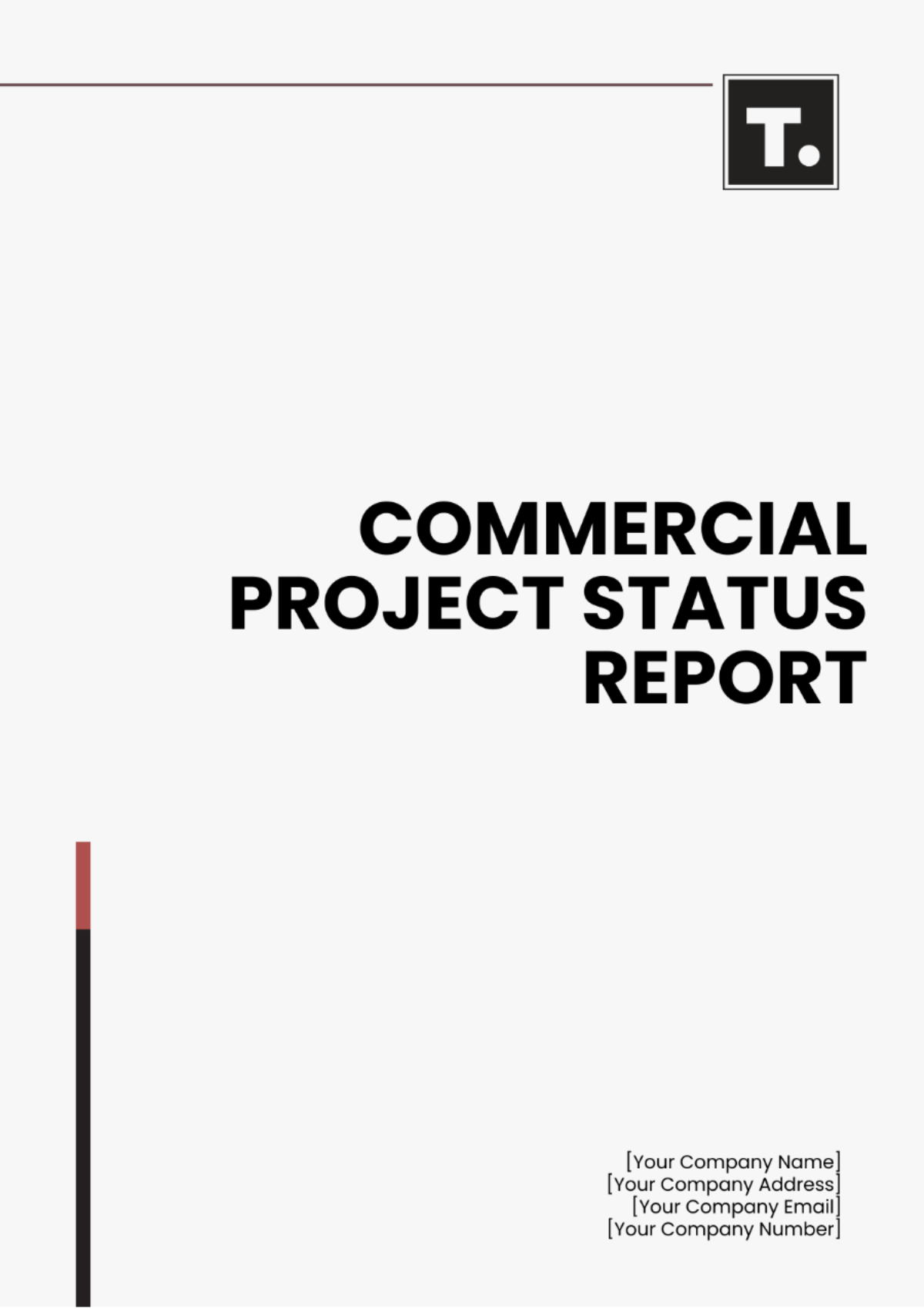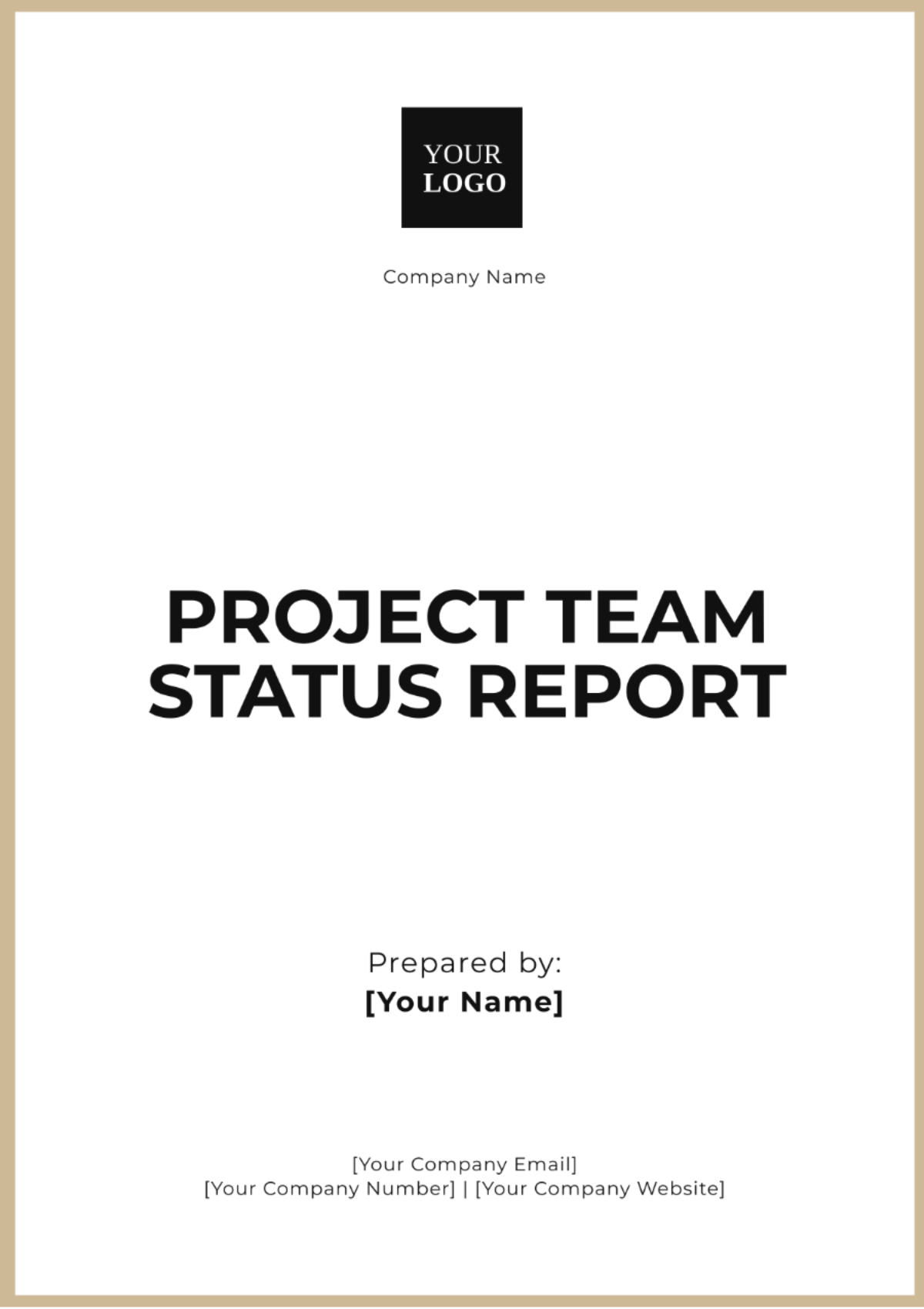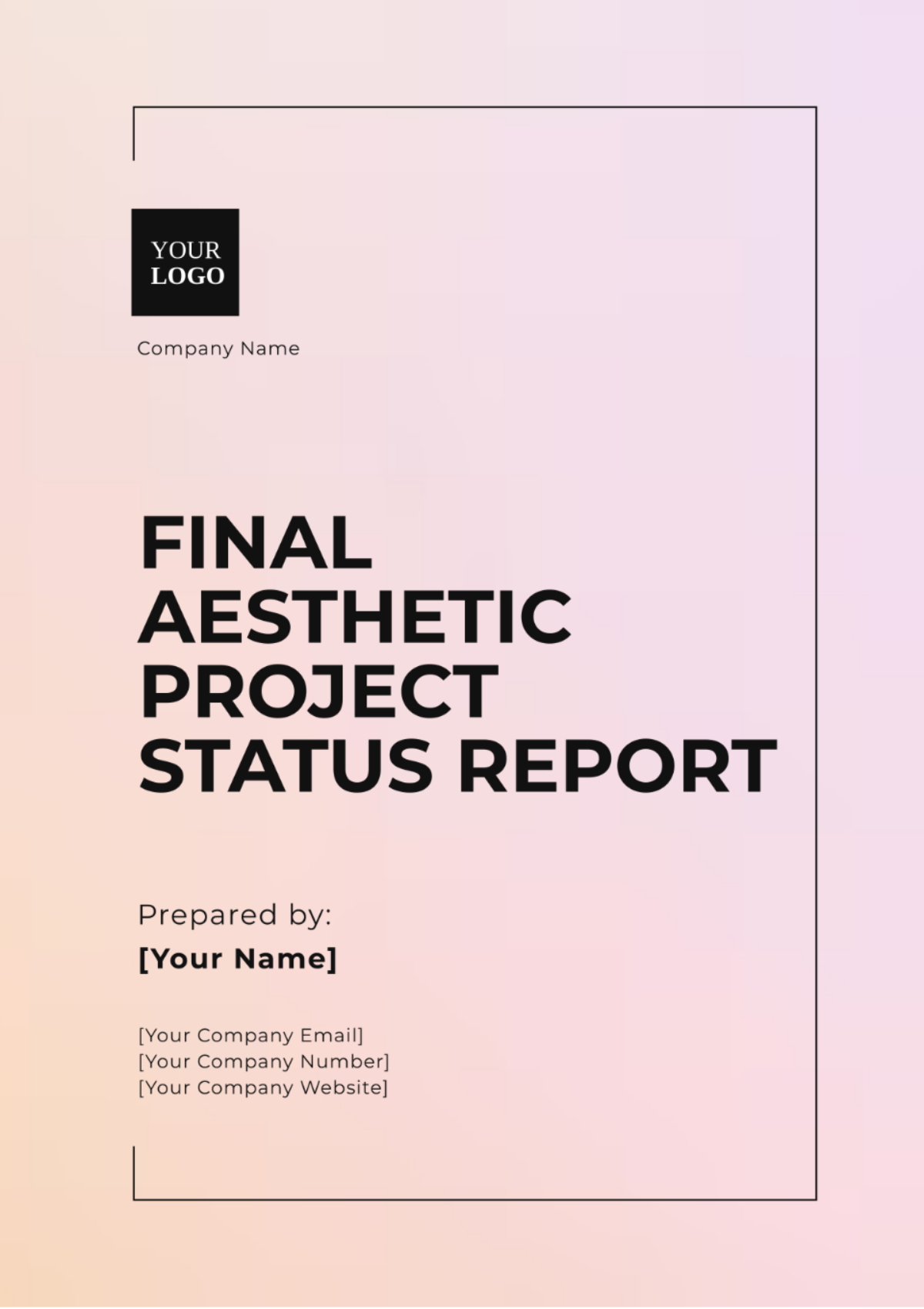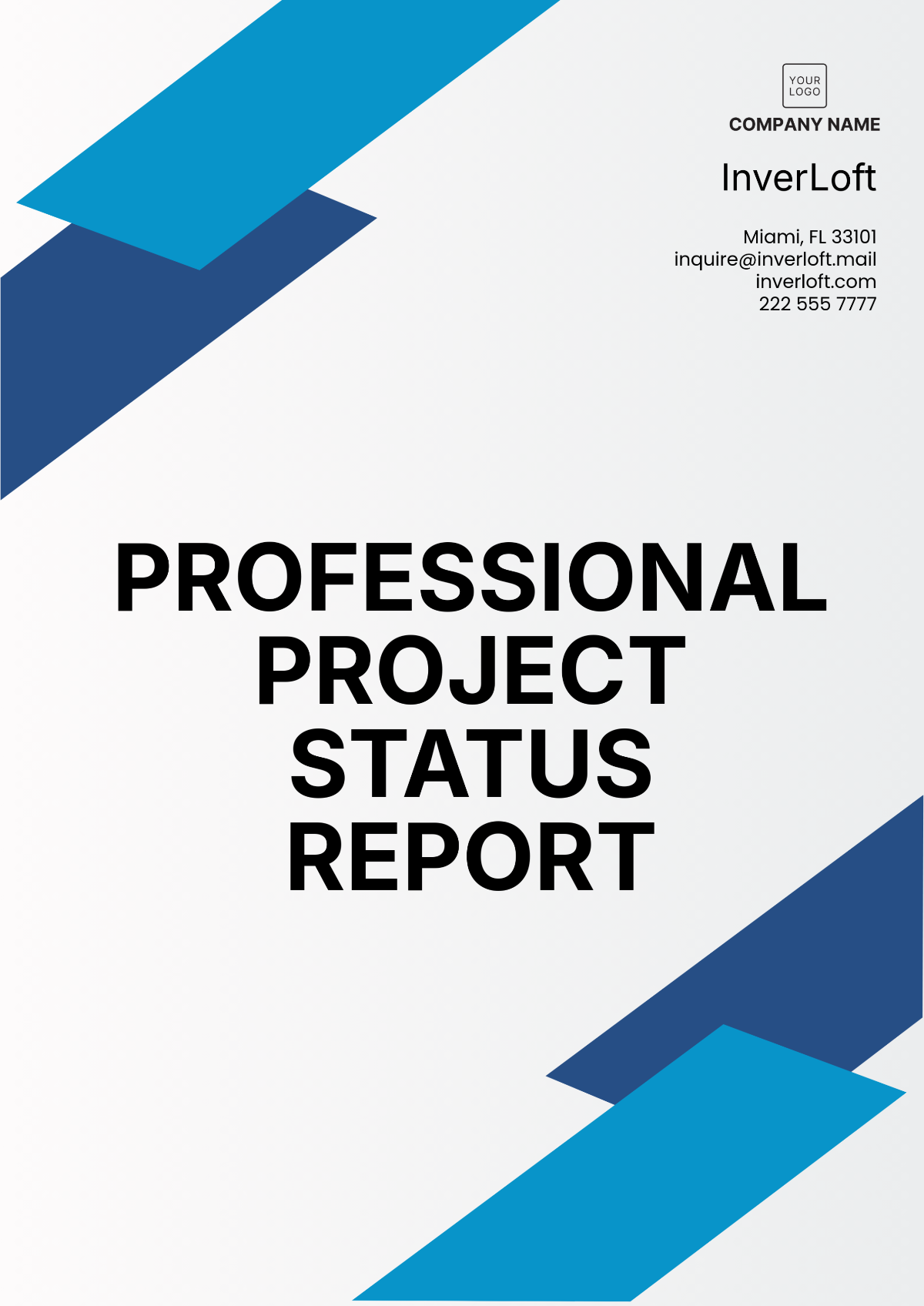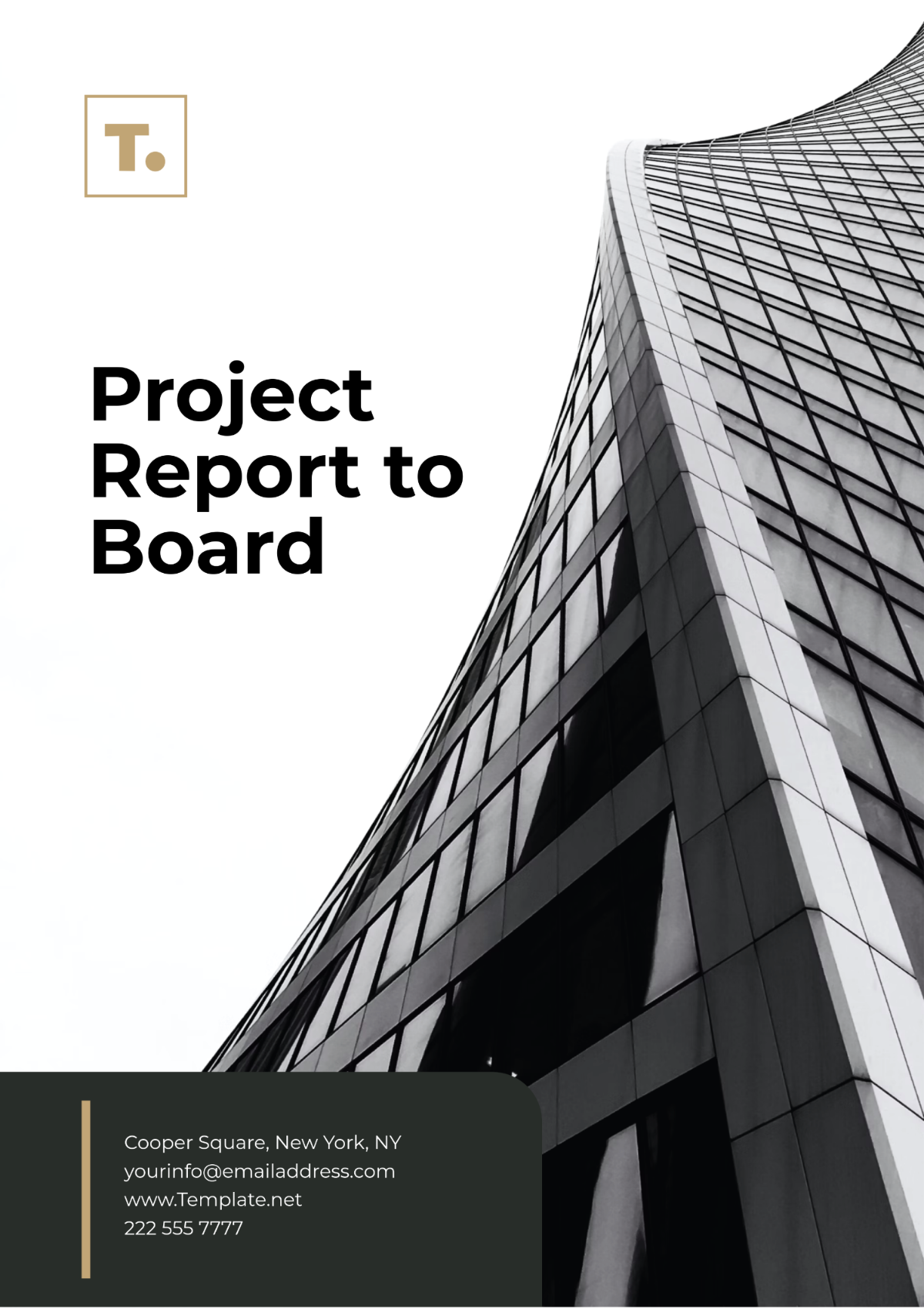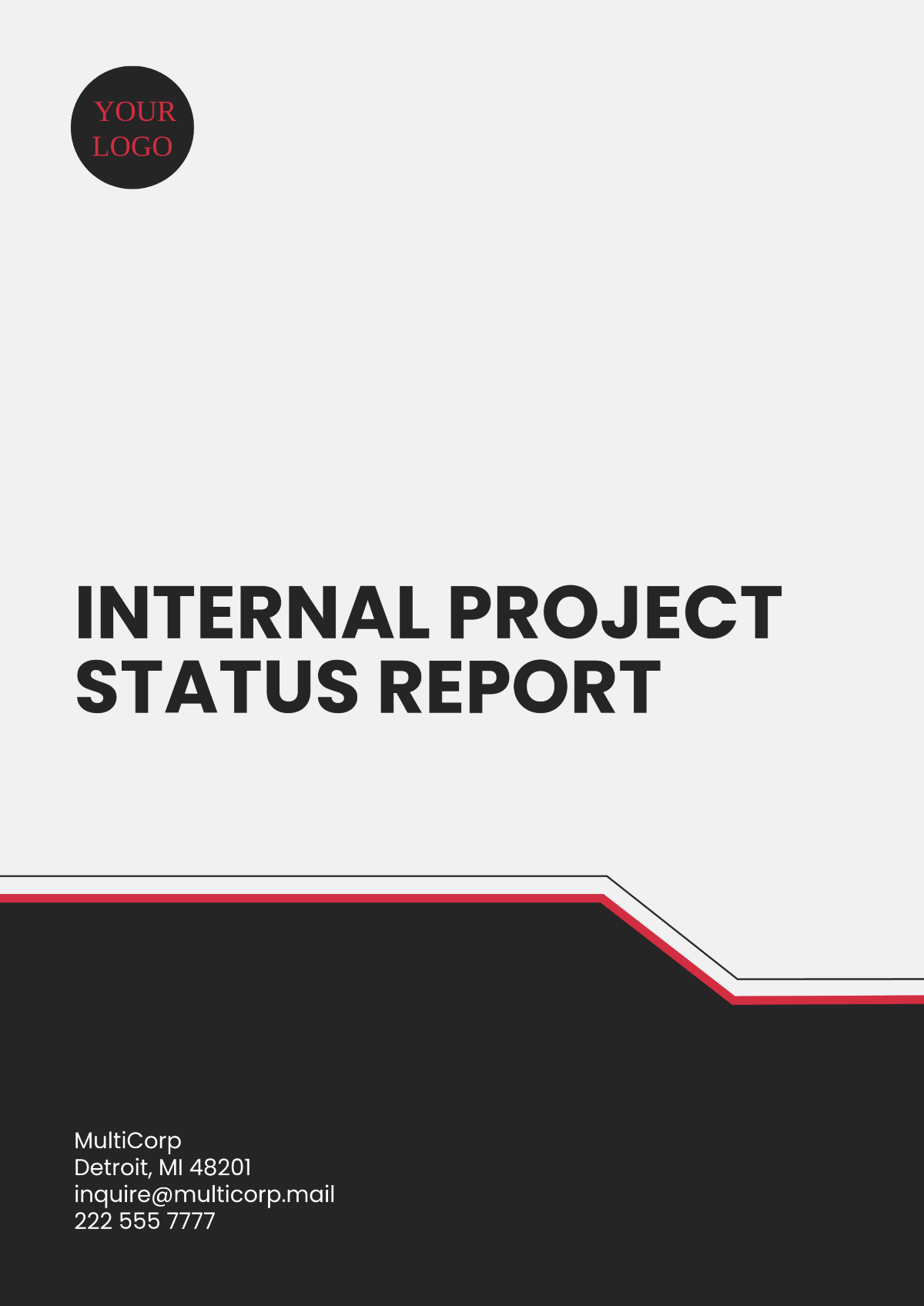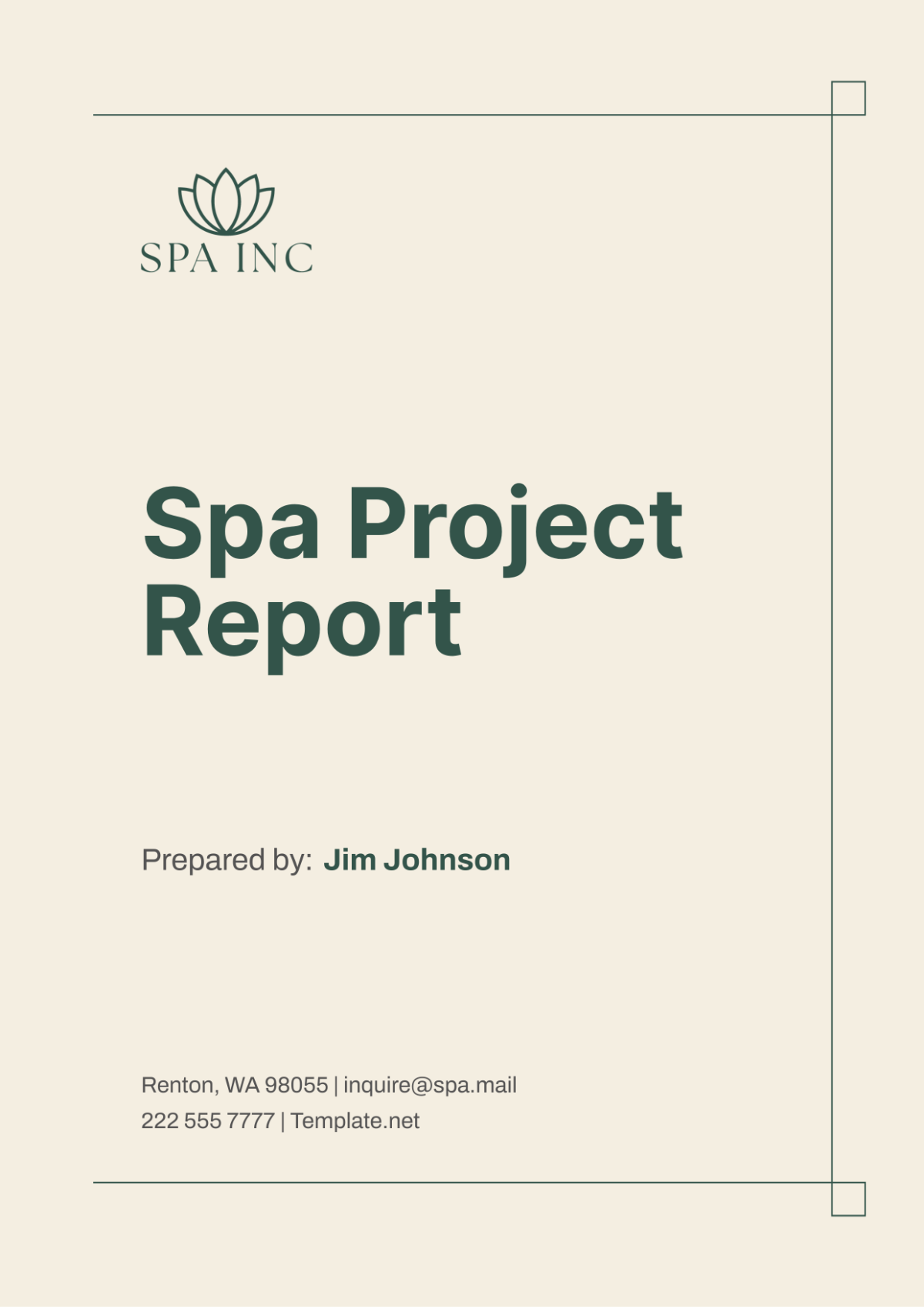Project Report
I. Executive Summary
Project Overview
Project Name: Development of E-commerce Platform
Project Manager: [YOUR NAME]
Project Start Date: January 1, 2050
Projected End Date: December 31, 2050
Current Reporting Period: January 1, 2050 - March 31, 2050
Summary of Progress
Objective: Develop a fully functional e-commerce platform to facilitate online sales.
Current Status: Development of frontend interface completed, backend integration in progress.
Achievements: Frontend design finalized, user authentication system implemented, product catalog structure established.
Challenges: Delays in backend development due to unforeseen technical complexities.
Next Steps: Complete backend integration, conduct user testing, and prepare for launch.
II. Project Overview
Objectives
The primary objective of the project is to create an intuitive and secure e-commerce platform to enable seamless online transactions for customers. Specific objectives include:
Designing an attractive and user-friendly frontend interface.
Implementing a robust backend system for secure transactions and order management.
Integrating essential features such as user authentication, product search, and payment processing.
Scope
The project scope encompasses the design, development, testing, and deployment of the e-commerce platform, including frontend and backend components. Key features to be included in the platform are:
User registration and authentication system.
Product catalog with detailed descriptions and images.
Shopping cart functionality for adding and managing items.
Secure payment gateway integration.
Stakeholders
Key stakeholders involved in the project include:
Marketing Department: Provides input on branding, promotions, and customer engagement strategies.
Development Team: Responsible for frontend and backend development tasks.
Quality Assurance Team: Conducts testing to ensure the platform meets quality standards.
Management Team: Provides oversight and support throughout the project lifecycle.
Timeline
Project Phase | Start Date | End Date |
|---|---|---|
Design and Planning | January 1, 2050 | February 28, 2050 |
Development | March 1, 2050 | November 30, 2050 |
Testing and Deployment | December 1, 2050 | December 31, 2050 |
III. Progress Tracking
Milestones
Milestone | Scheduled Date | Actual Date | Status |
|---|---|---|---|
Frontend Design Finalization | February 15, 2050 | February 20, 2050 | Completed |
Backend System Development | March 15, 2050 | In Progress | In Progress |
Budget Analysis
Budget Item | Amount |
|---|---|
Total Budget | $500,000 |
Expenditure to Date | $200,000 |
Remaining Budget | $300,000 |
Budget Variances | Additional resources allocated for backend development due to extended timeline. |
IV. Risk Assessment
Identified Risks
Risk | Impact | Likelihood | Mitigation Strategy |
|---|---|---|---|
Technical Complexity | High | Medium | Regular consultations with technical experts and agile development approach. |
Resource Constraints | Moderate | Low | Prioritize tasks and explore outsourcing options if necessary. |
Risk Monitoring
Risks are monitored bi-weekly during project status meetings.
Contingency plans are in place to address any unforeseen risks promptly.
V. Quality Assurance
This section evaluates the quality assurance processes implemented to ensure the reliability and performance of the e-commerce platform.
Testing Approach
Comprehensive testing protocols are in place to validate frontend and backend functionalities.
Testing includes functional testing, performance testing, security testing, and usability testing.
Test Results
Frontend testing results: 95% pass rate.
Backend testing results: In progress.
Quality Control Measures
Continuous integration and automated testing processes are utilized to streamline the testing phase.
Defect tracking system implemented to address and resolve issues efficiently.
VI. Communication Plan
This section outlines the communication plan established to facilitate effective collaboration and information sharing among project stakeholders.
Communication Channels
Regular project status meetings held bi-weekly.
Email updates distributed to all stakeholders after each milestone.
Dedicated project communication platform for real-time collaboration.
Stakeholder Engagement
Stakeholder feedback sessions scheduled periodically to gather input and address concerns.
Transparent communication practices adopted to ensure stakeholders are kept informed of project progress and challenges.
VII. Conclusion
Key Findings
Frontend development is on track, but backend integration is experiencing delays.
Additional budget allocation required for backend development.
Risk management strategies are in place to mitigate potential challenges.
Quality assurance processes are underway to ensure the reliability and performance of the e-commerce platform.
Recommendations
Allocate additional resources to expedite backend integration.
Conduct thorough testing to ensure the platform meets quality standards before launch.
Enhance communication channels to foster greater collaboration among project stakeholders.
Next Steps
Complete backend integration and testing.
Conduct user acceptance testing.
Prepare for platform launch in Q4 2050.
